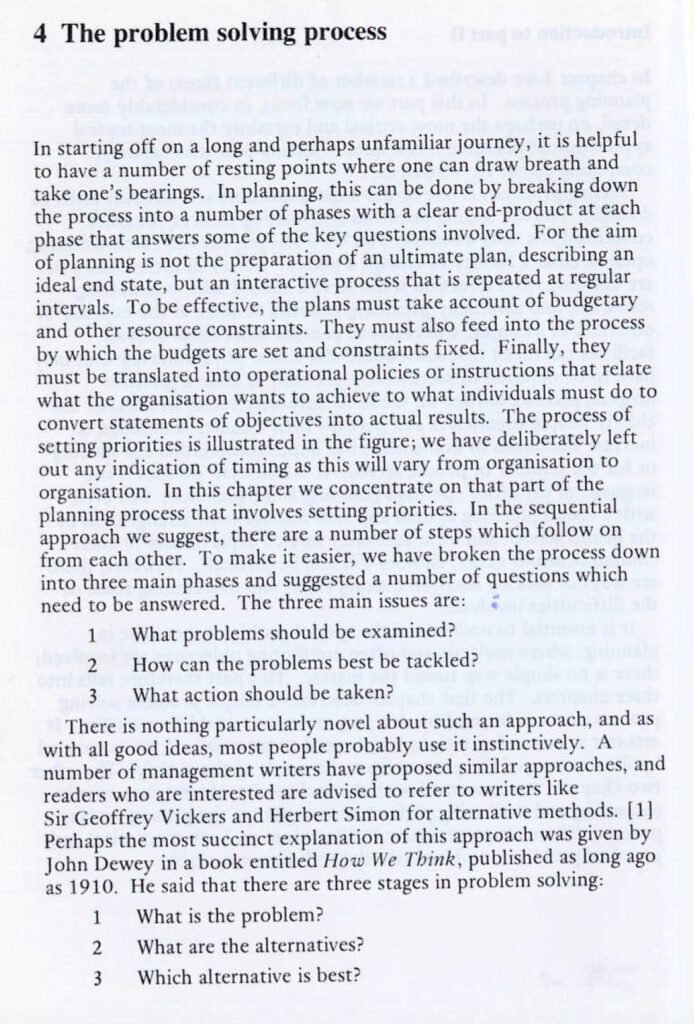Explore our work by theme or keyword:
All publications
Filter results as you type. Links to matching publications will appear below.
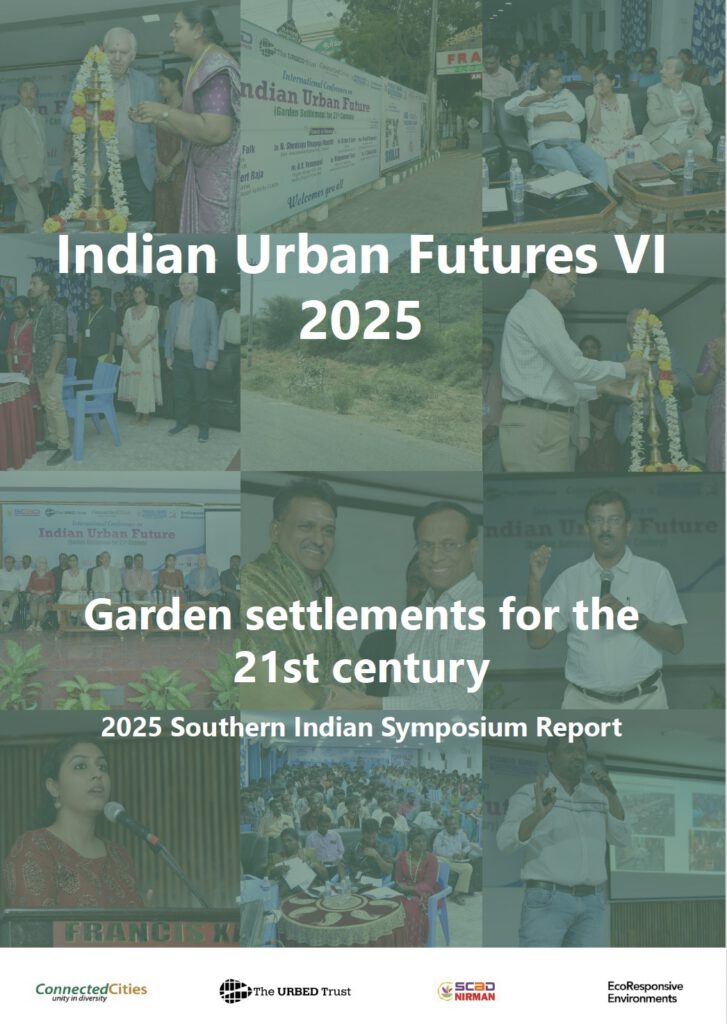
Indian Urban Futures VI: Garden settlements for the 21st century
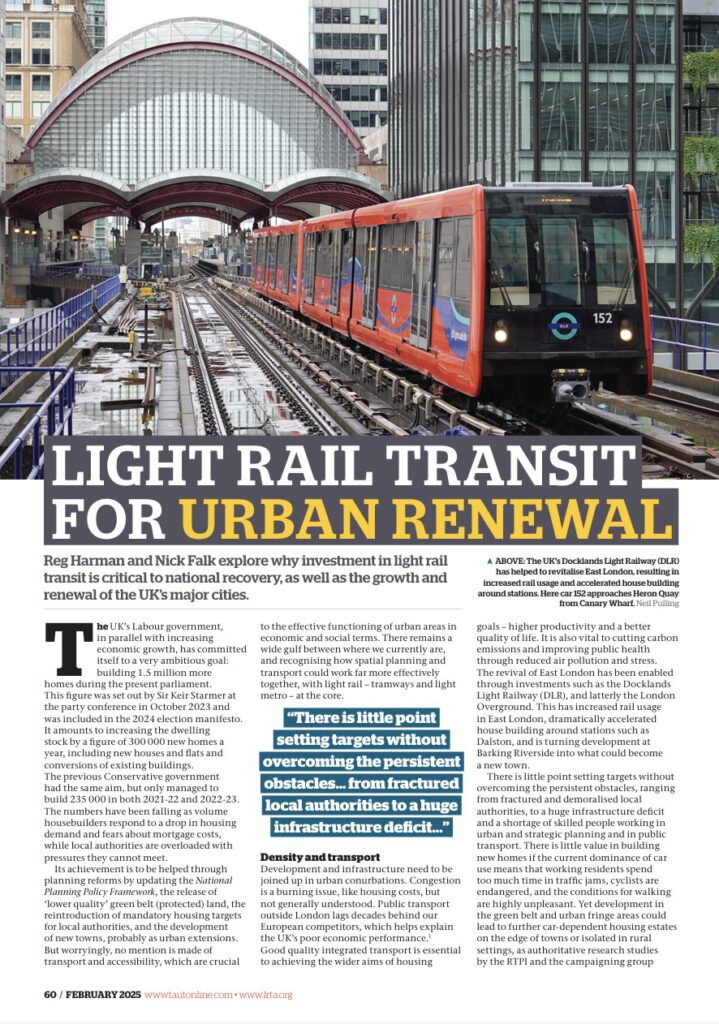
Tramways and Urban Transit
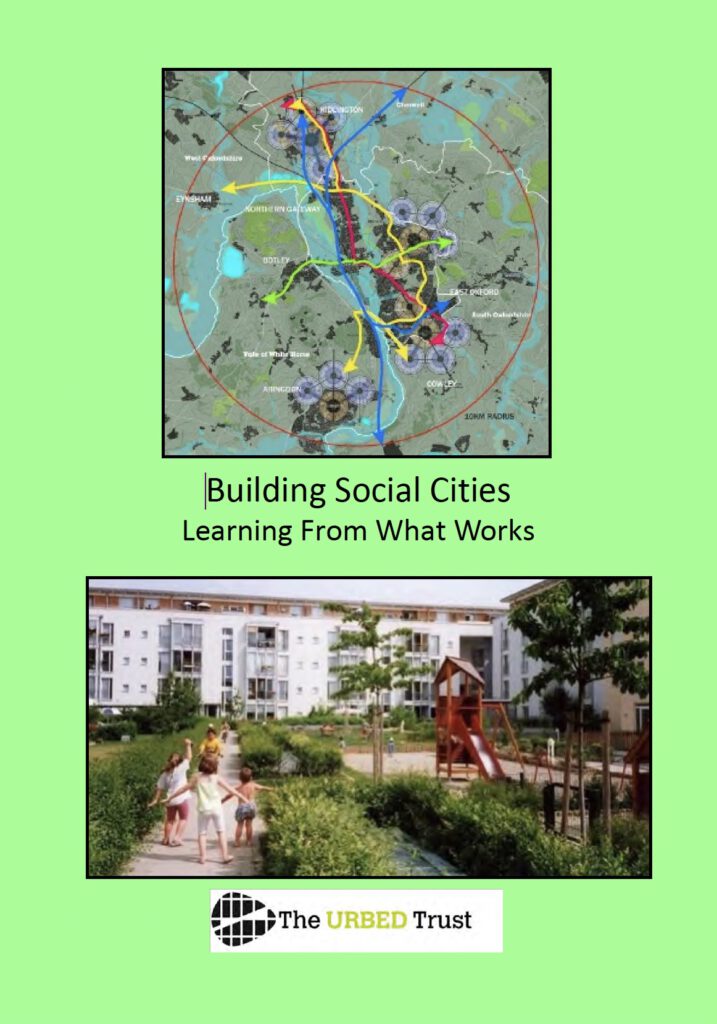
Building Social Cities
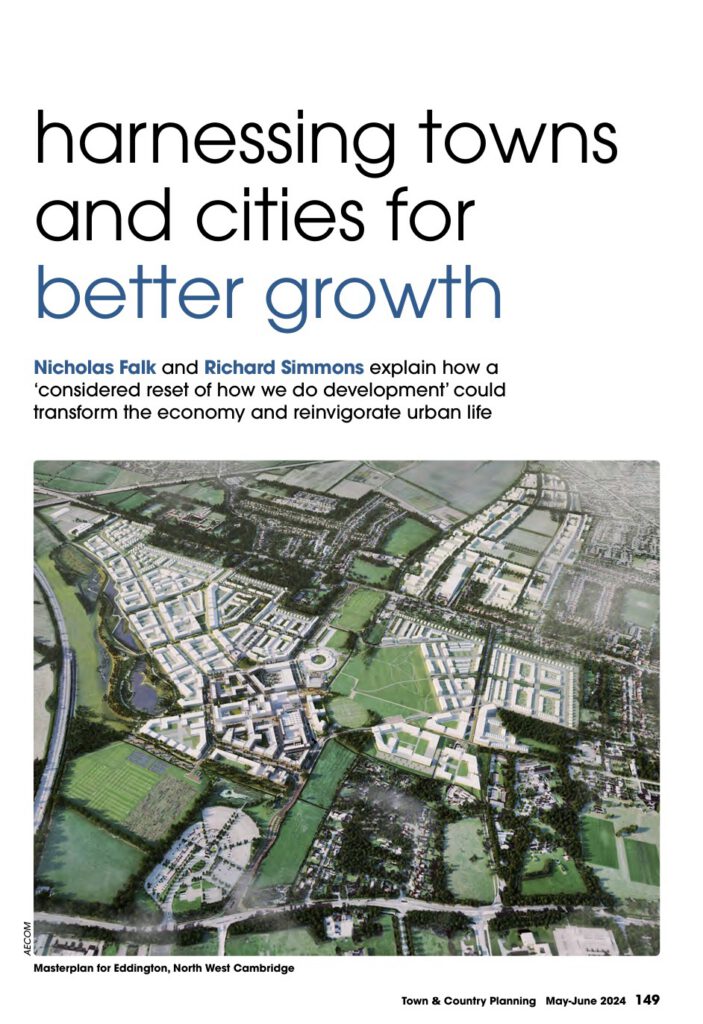
Harnessing towns and cities for better growth

Indian Urban Futures V
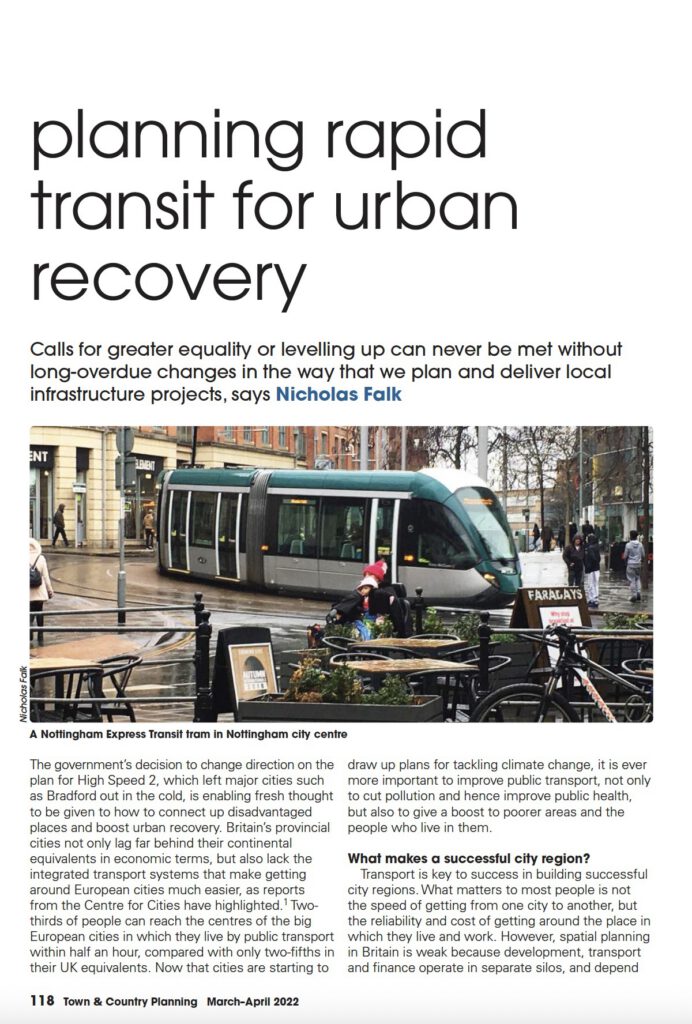
Planning Rapid Transit for Urban Recovery
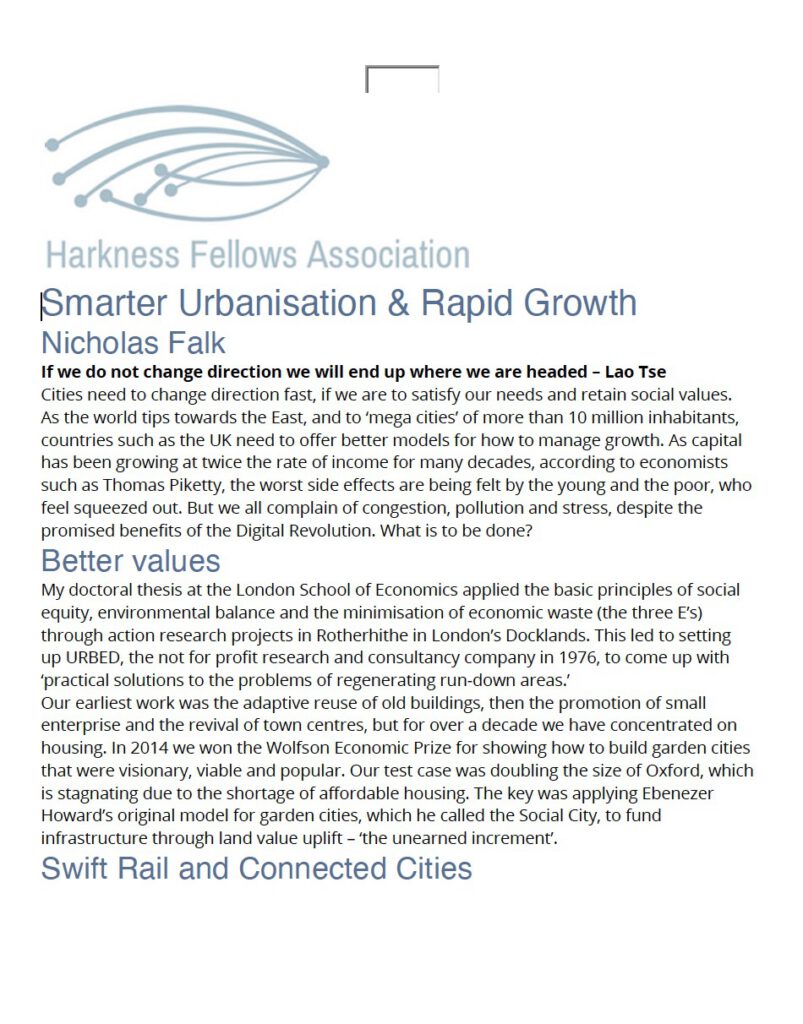
Smarter Urbanisation and Rapid Growth HFA
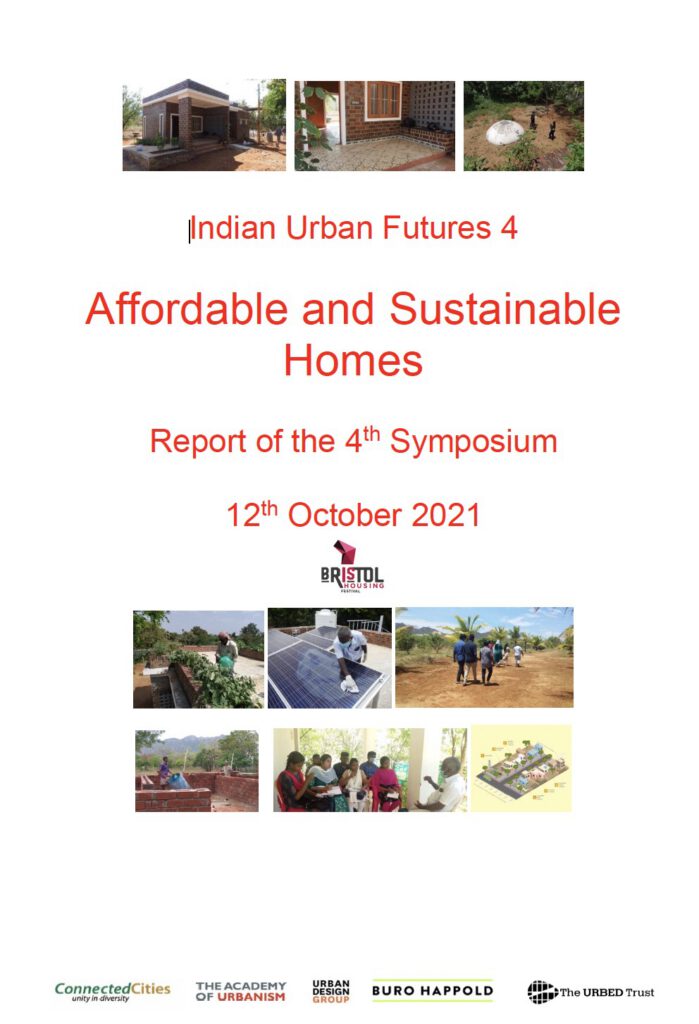
Indian Urban Futures IV: Affordable and Sustainable Homes
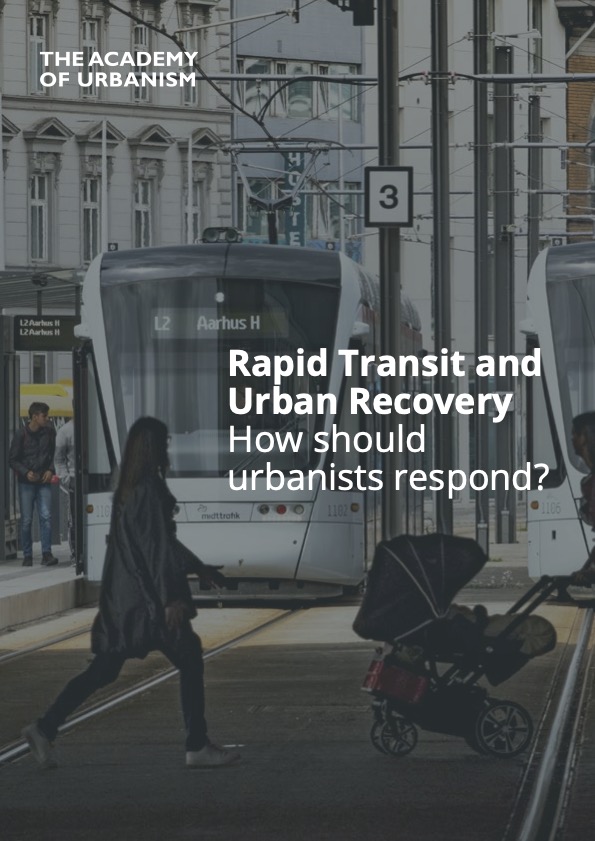
Rapid Transit and Urban Recovery: How should urbanists respond?

Quality of Life framework
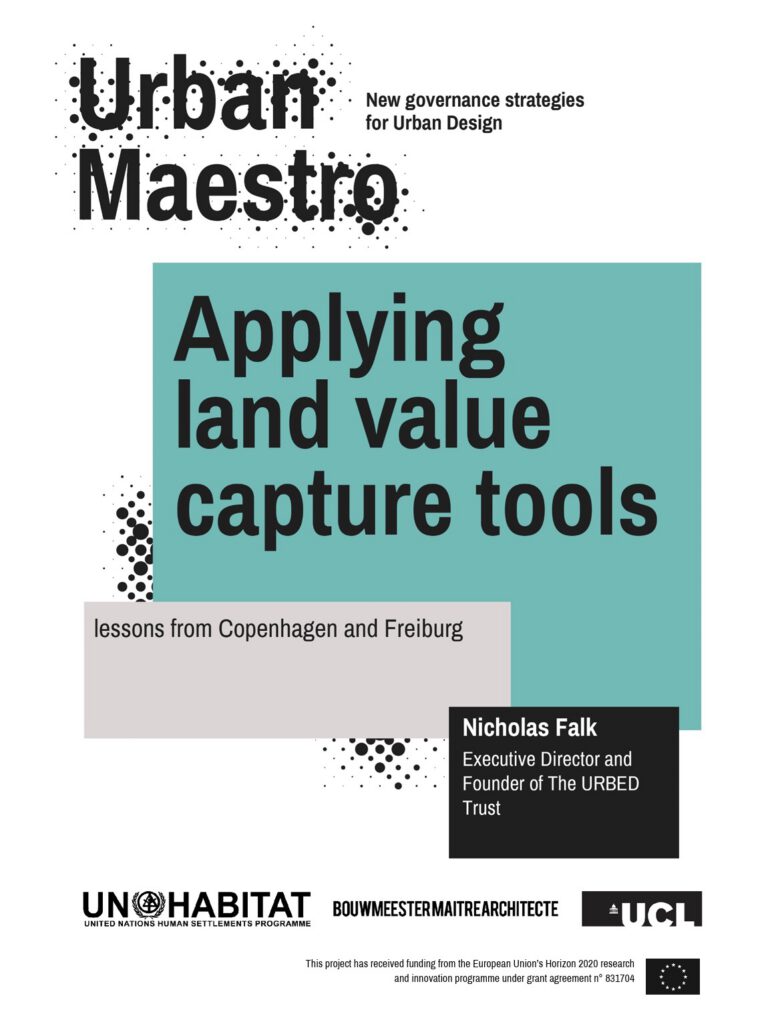
Applying land value capture tools
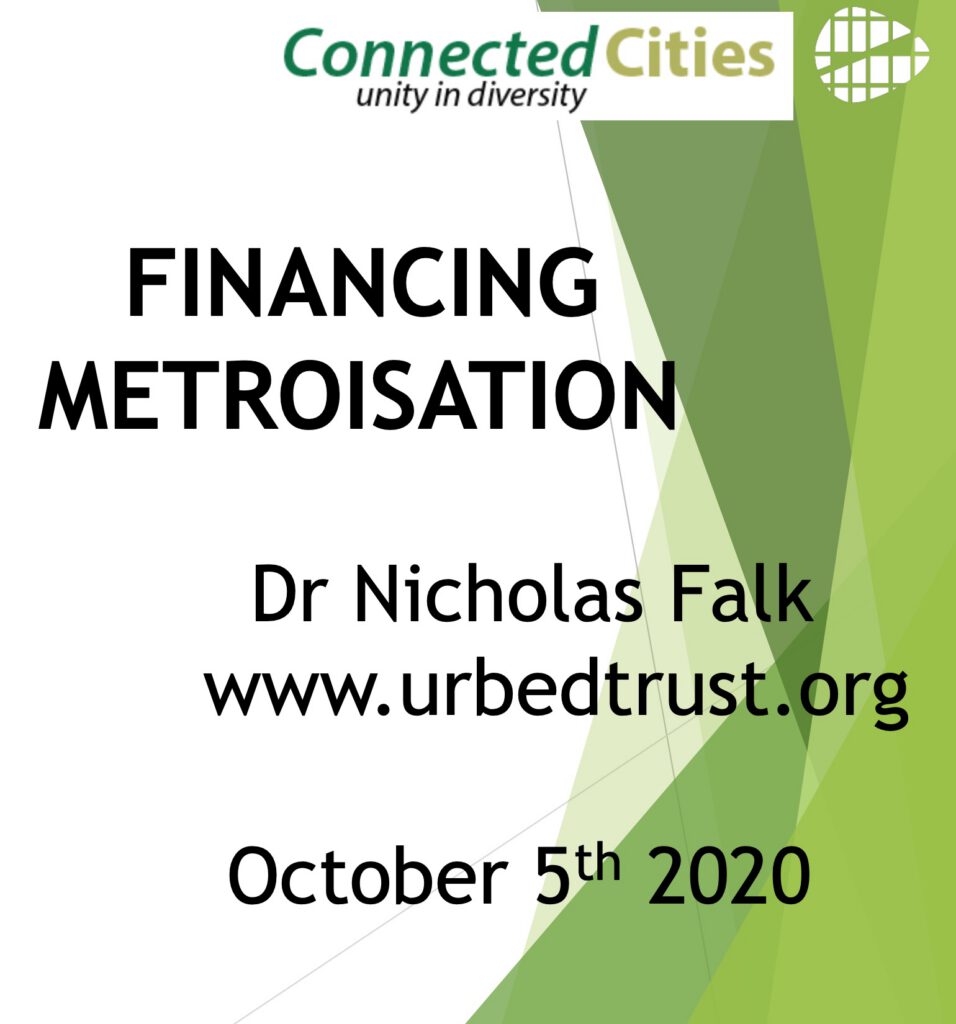
Financing Metroisation
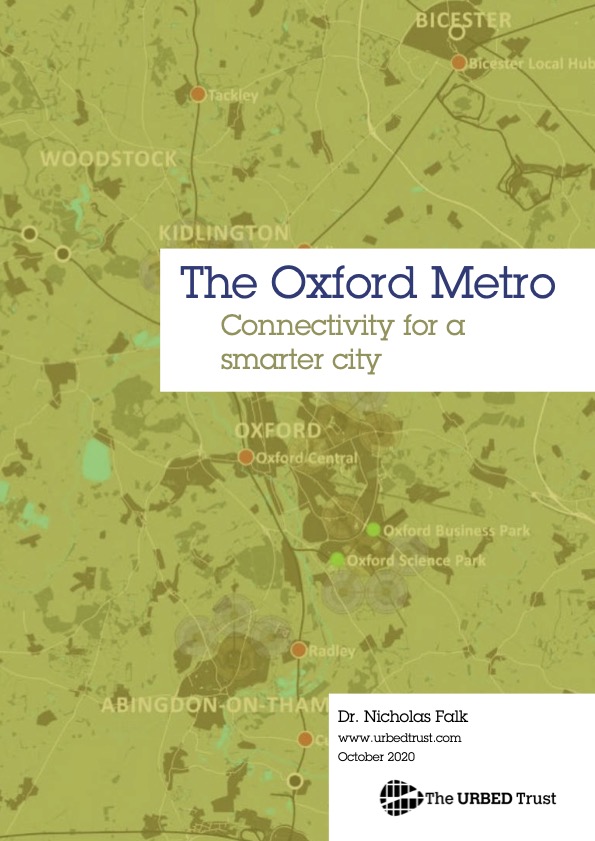
Oxford Metro
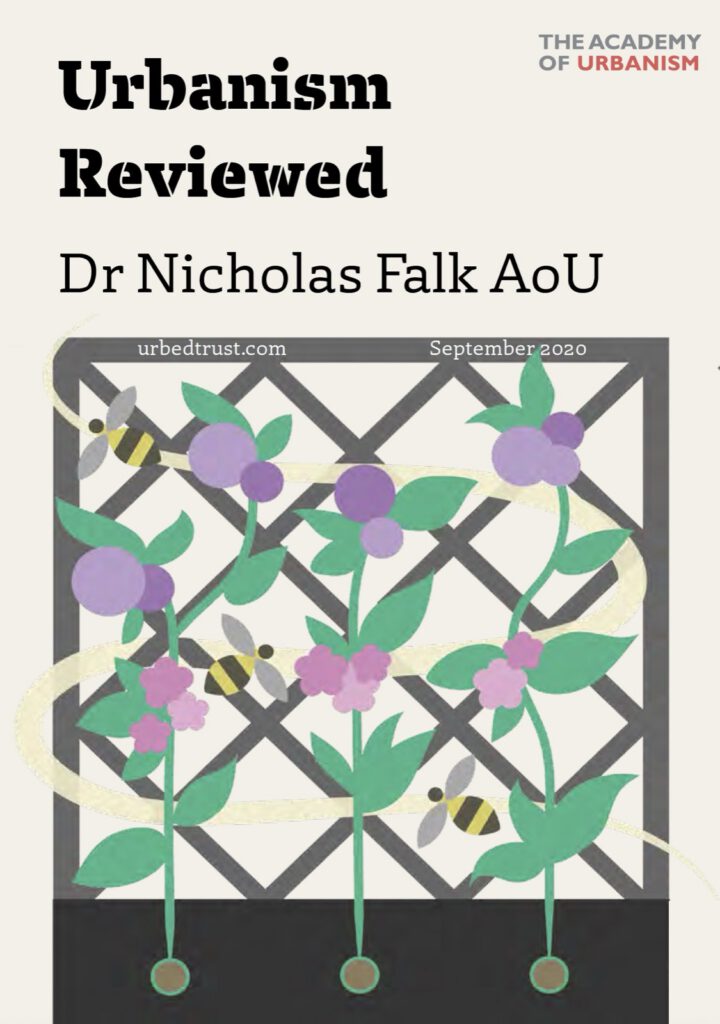
Urbanism Reviewed
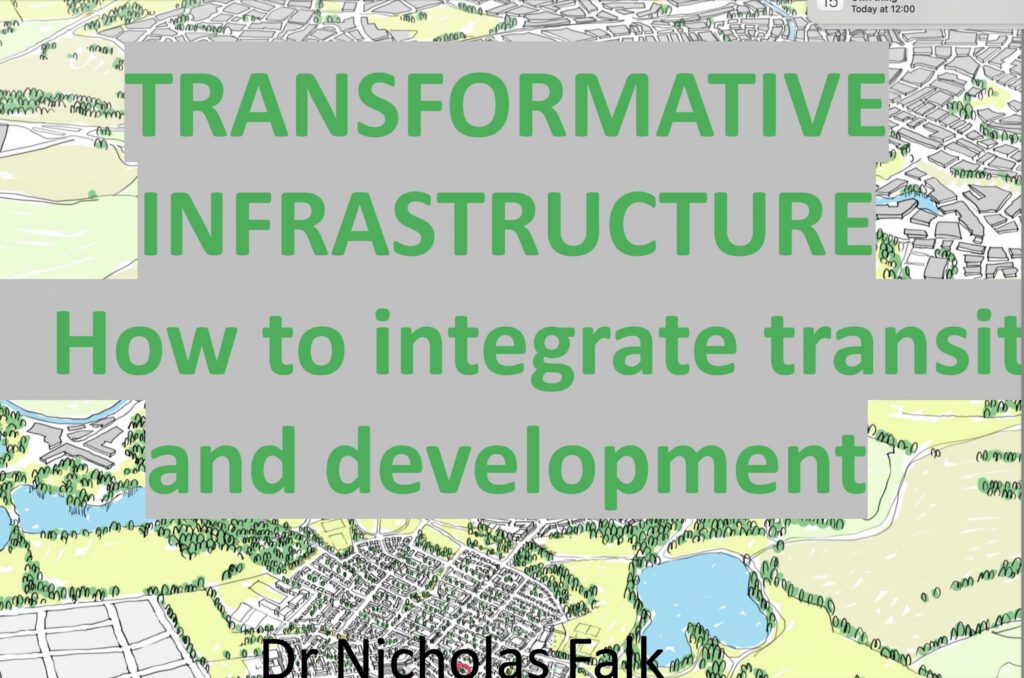
Transformative infrastructure and Levelling Up
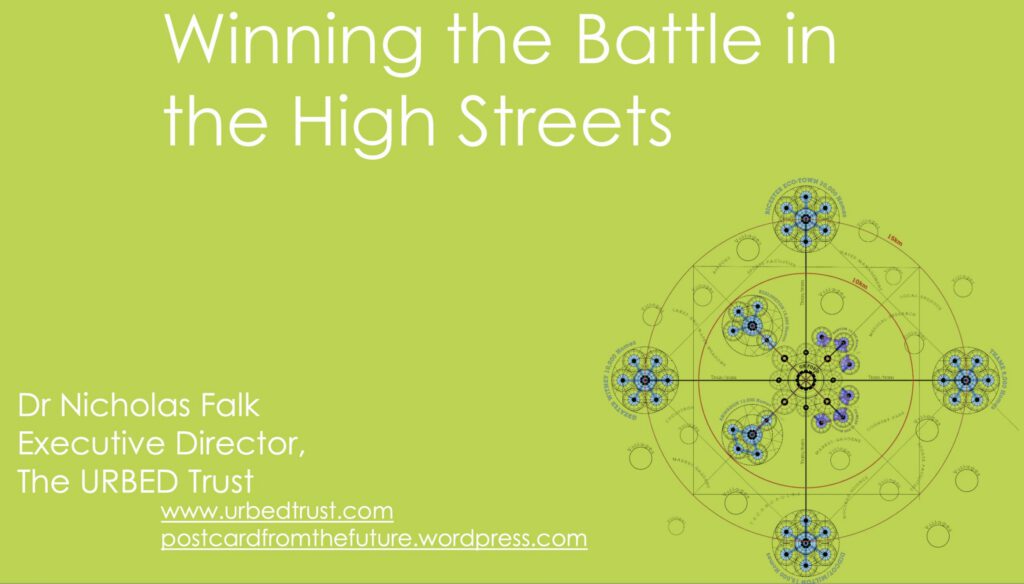
Winning the Battle on the High Streets
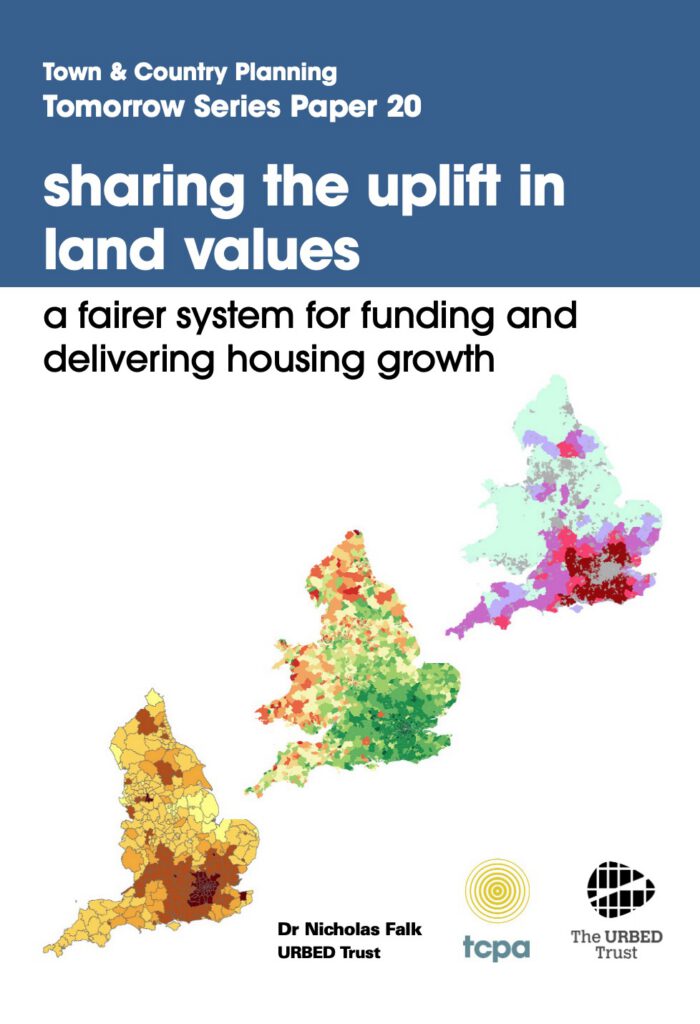
Sharing the Uplift in Land Values
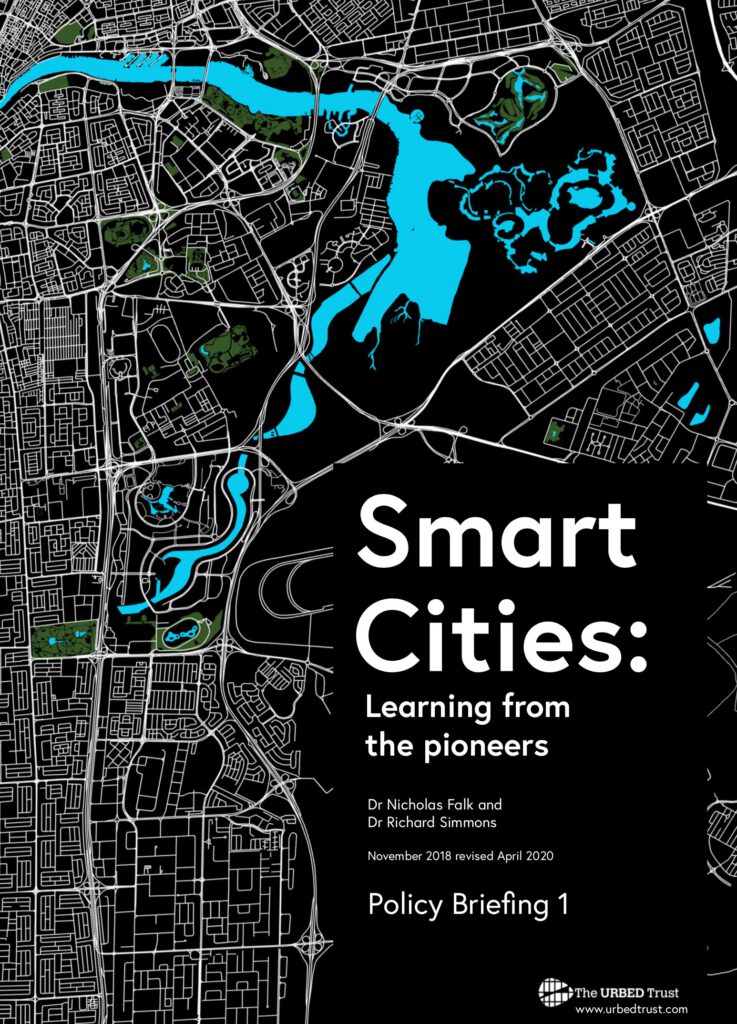
Smart Cities
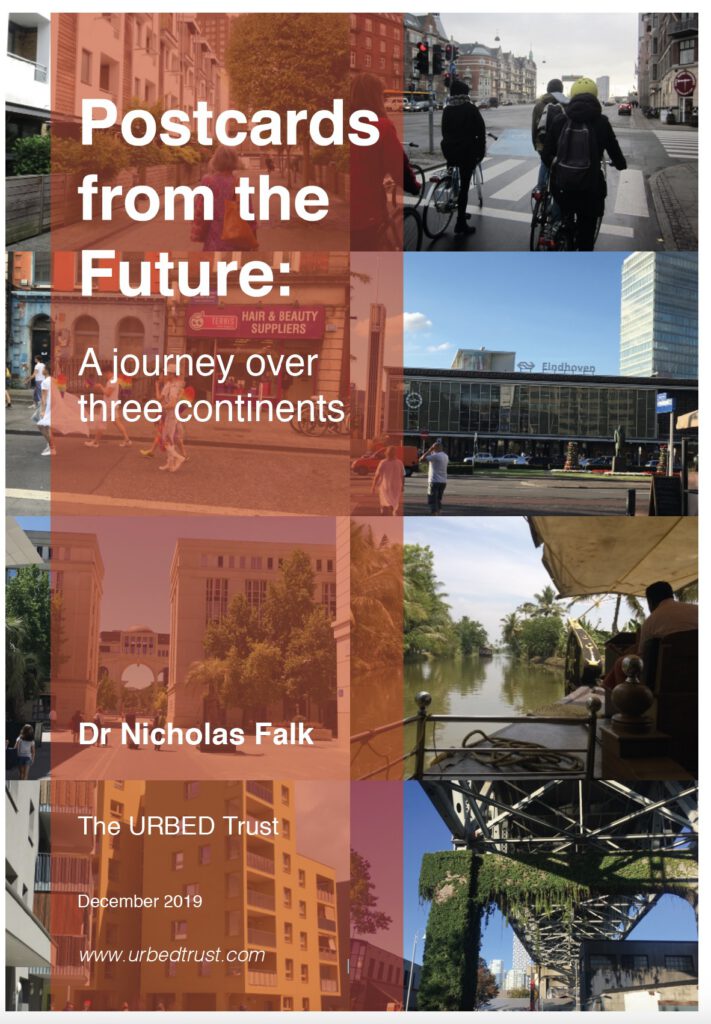
Postcards from the Future: a journey over three continents
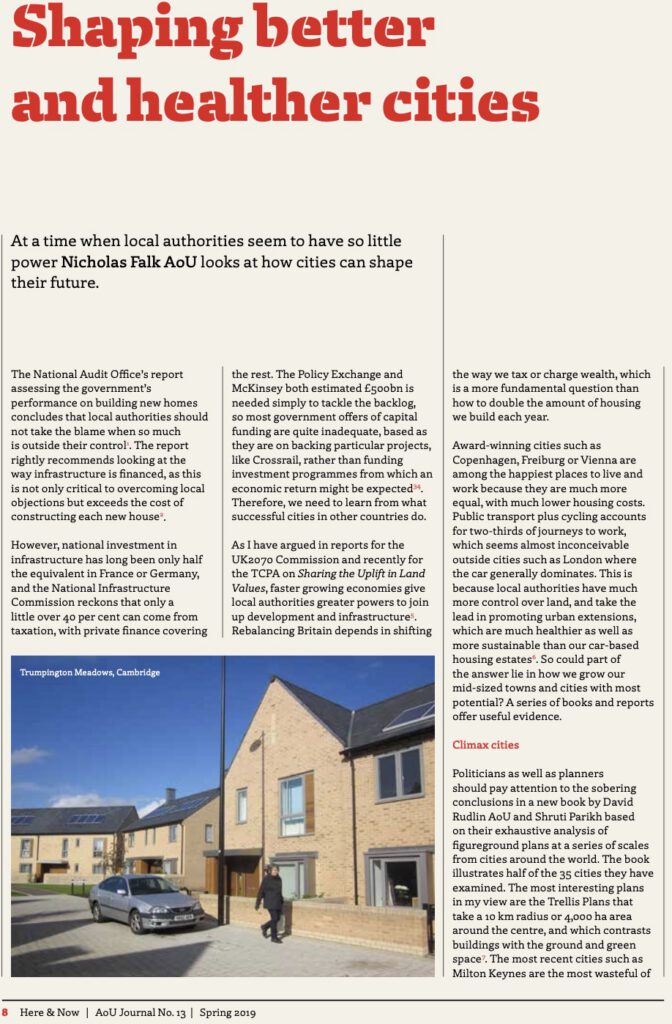
Shaping better and healthier cities
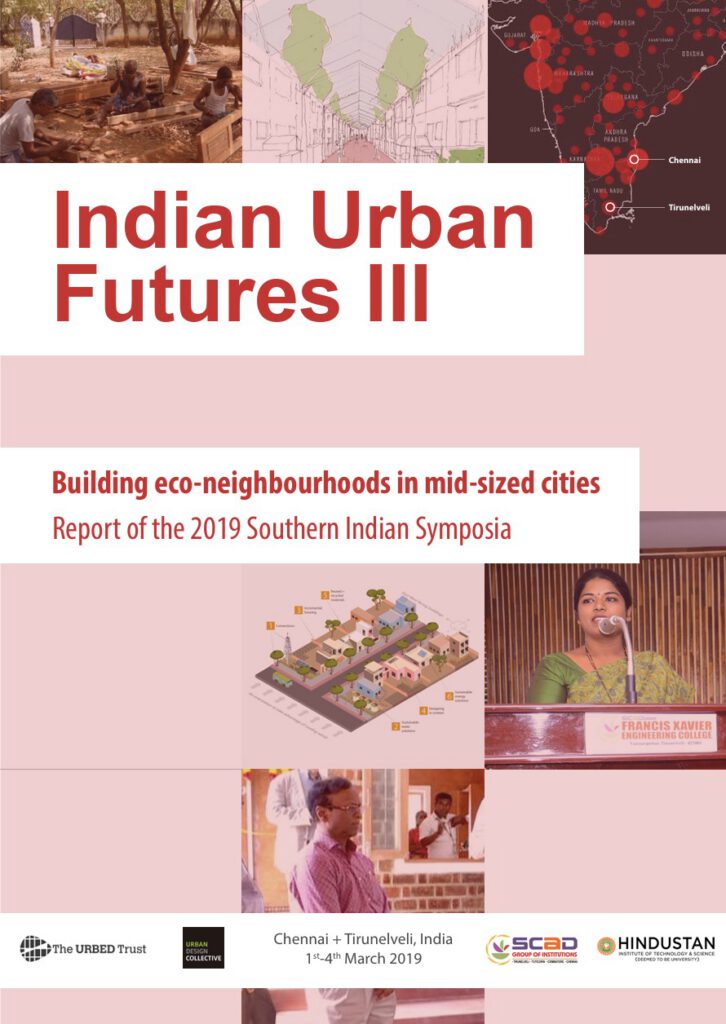
Indian Urban Futures III: Building eco neighbourhoods in mid-sized cities
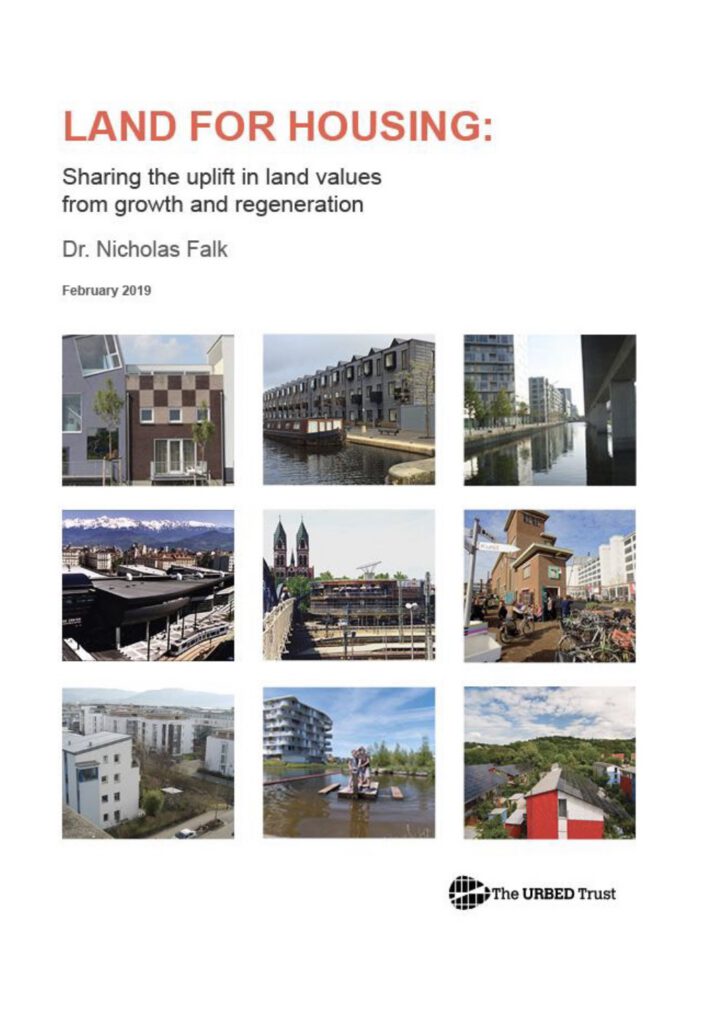
Land for Housing
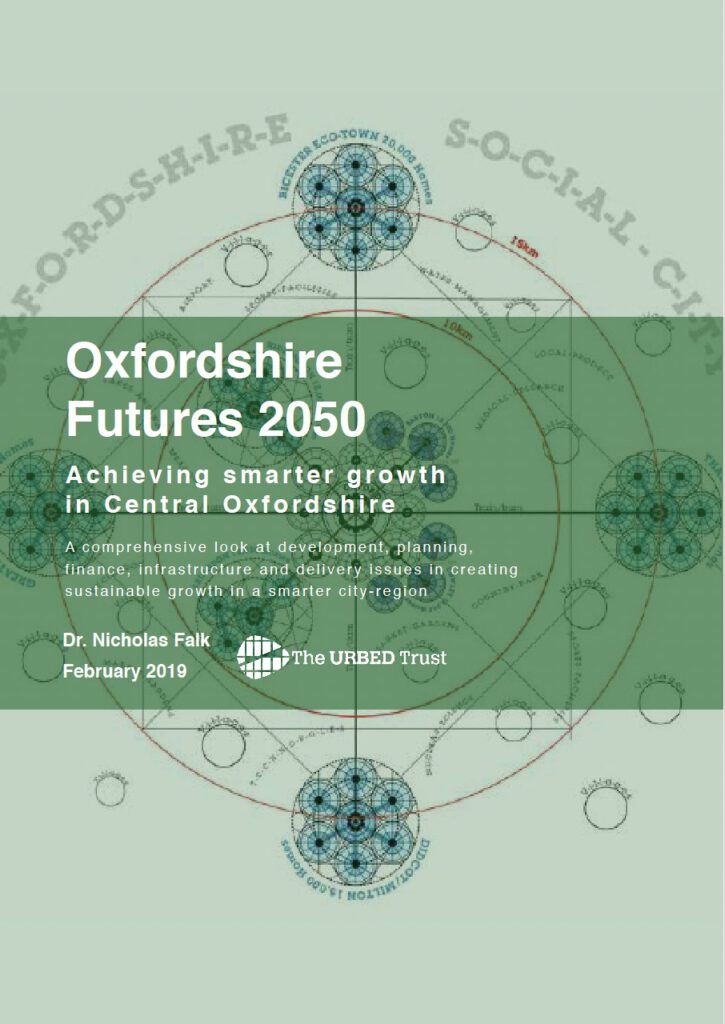
Oxfordshire Futures 2050
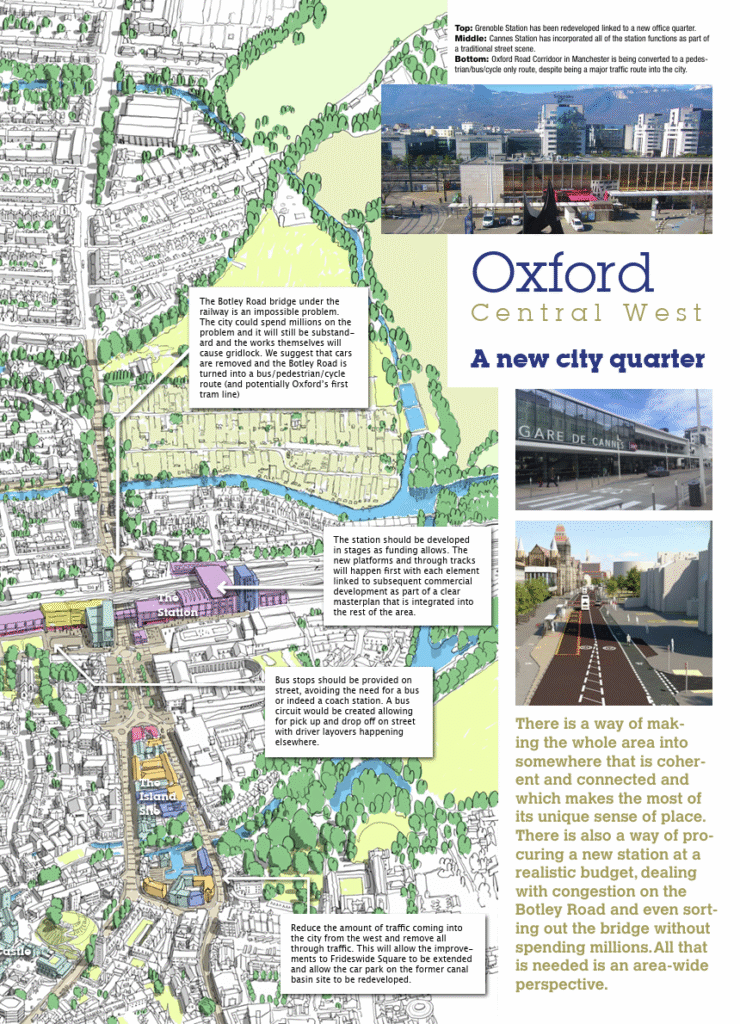
Oxford Central West Hand-out

Cambridgeshire Quality Charter
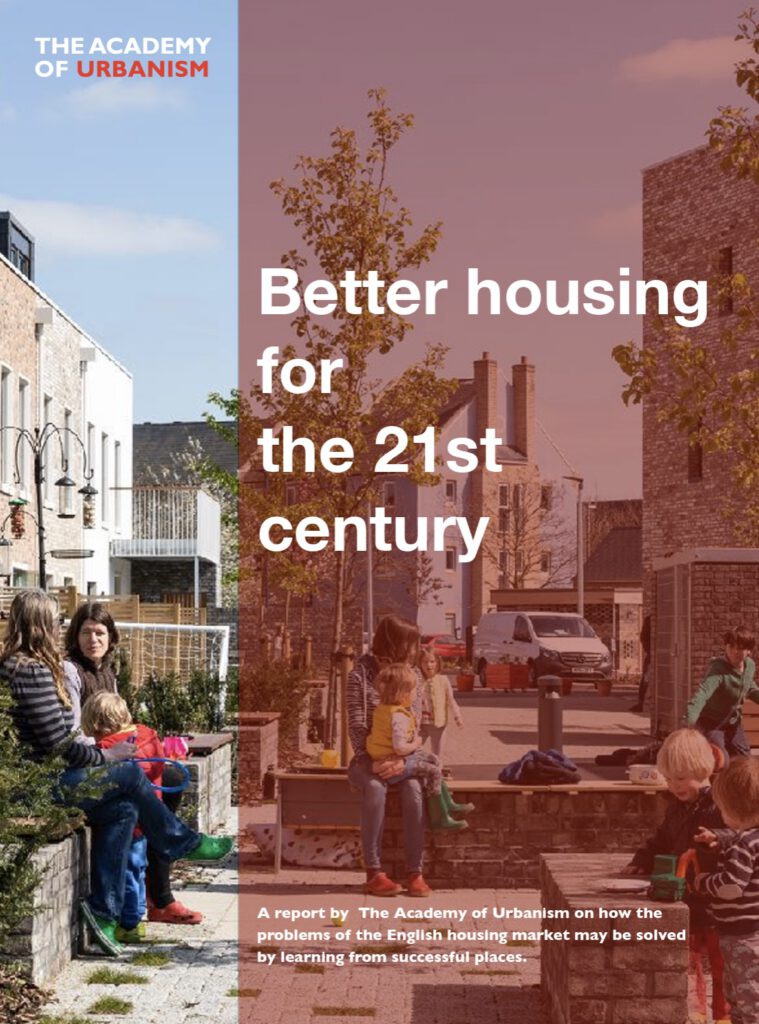
Better Housing for the 21st Century
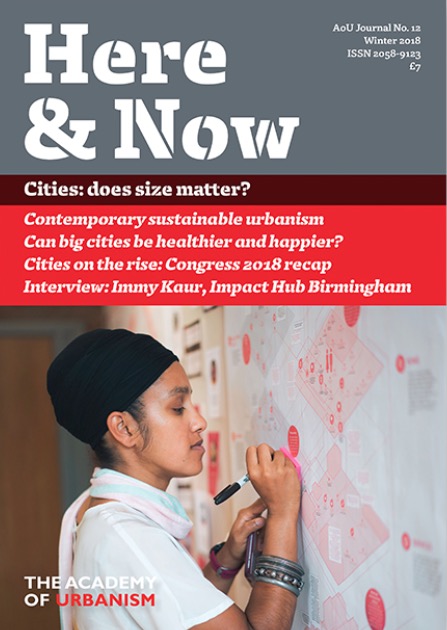
Academy of Urbanism ‘Here & Now’ article series
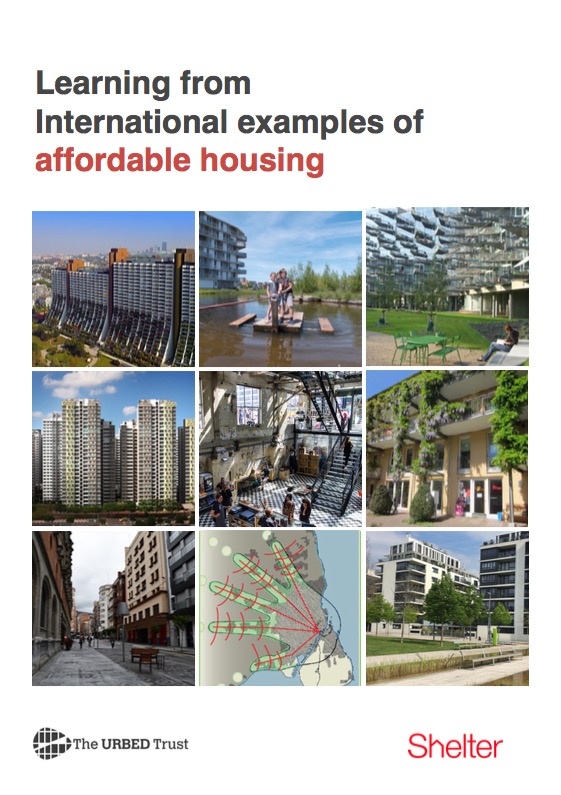
Affordable Housing
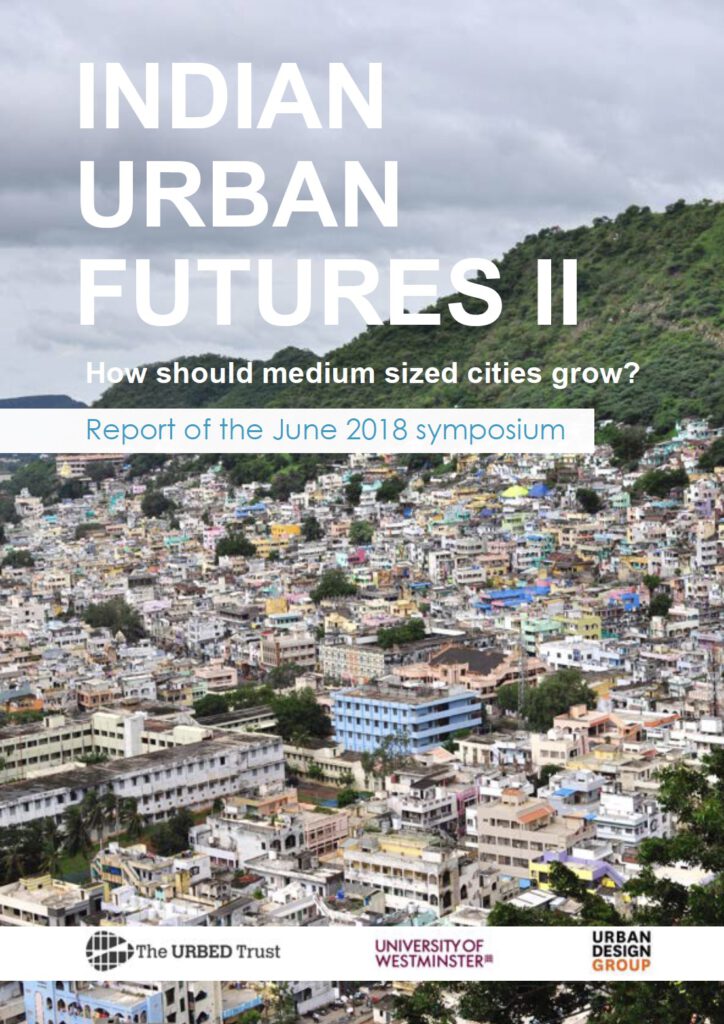
Indian Urban Futures II: How should medium-sized cities grow?
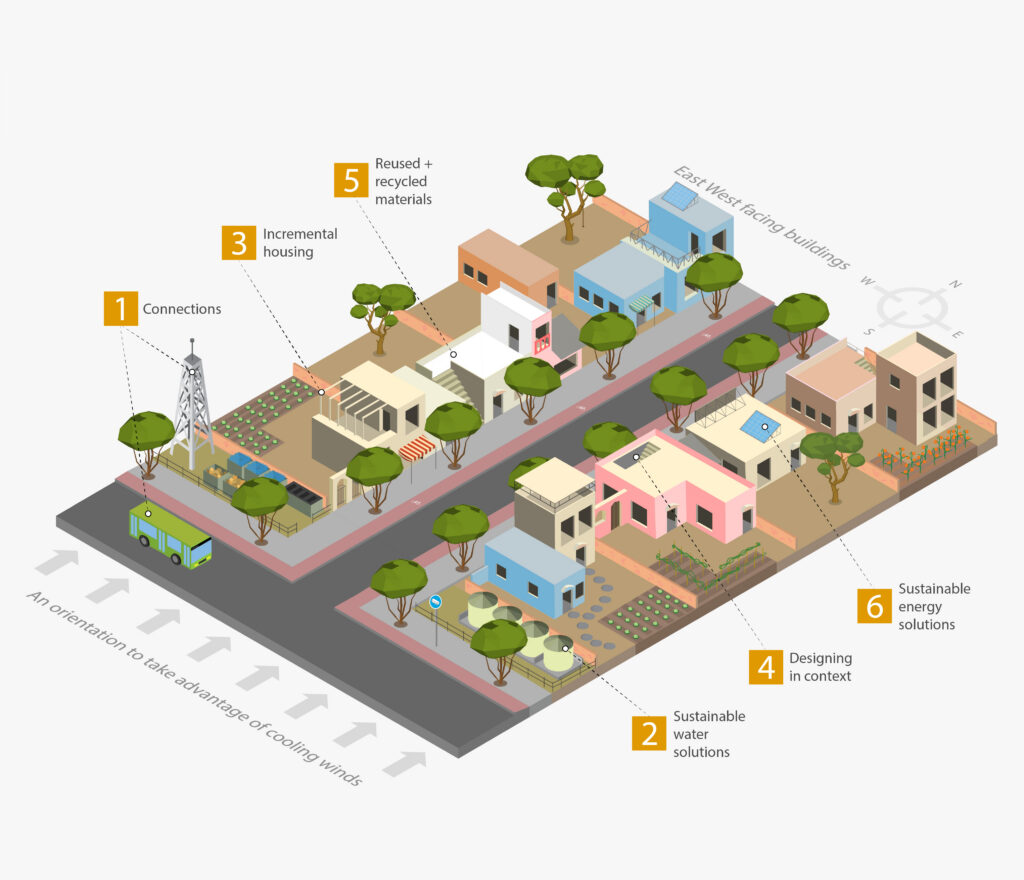
The SCAD Eco-House
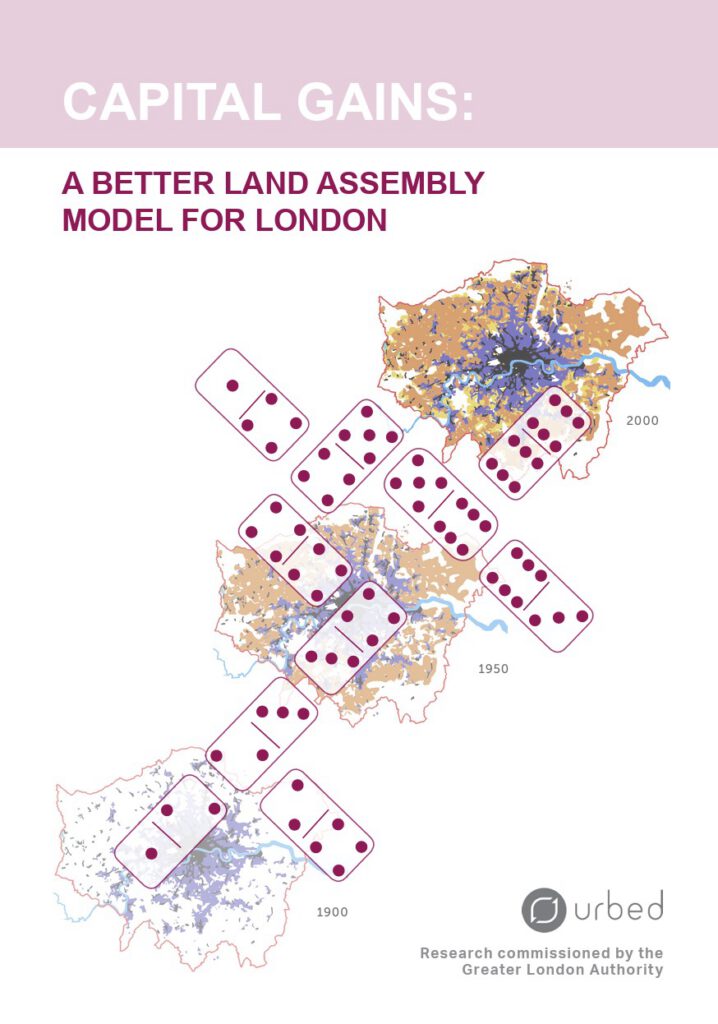
Capital gains: a better land assembly model for London
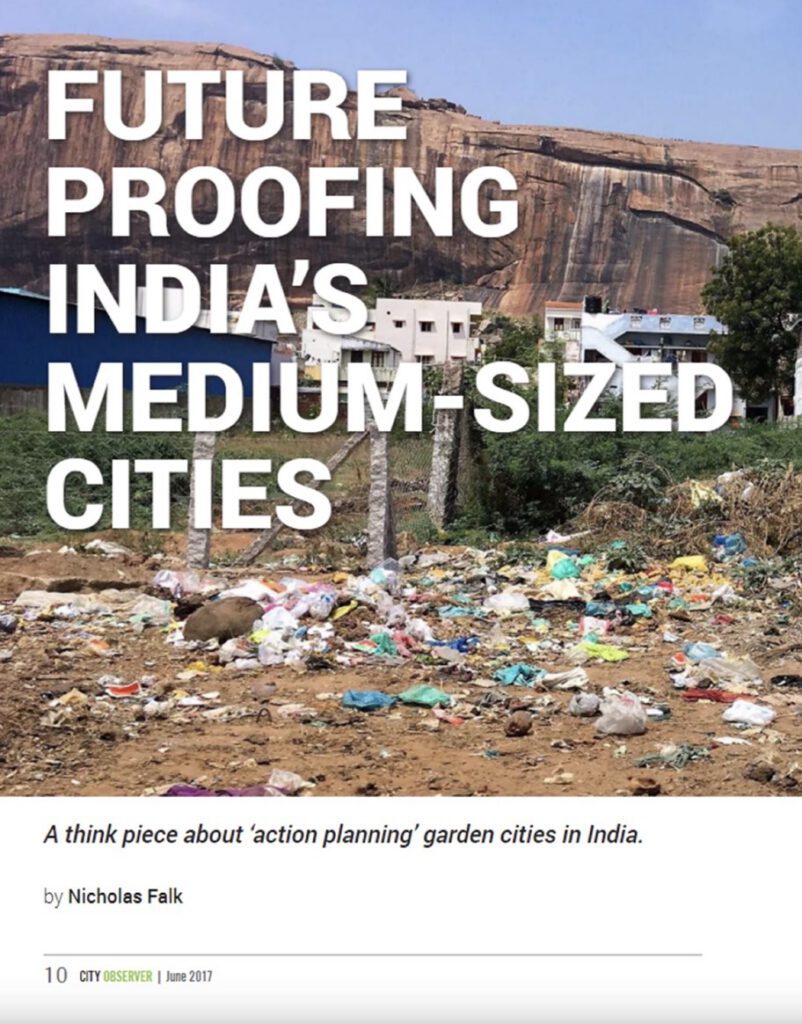
Future proofing India’s medium-sized cities
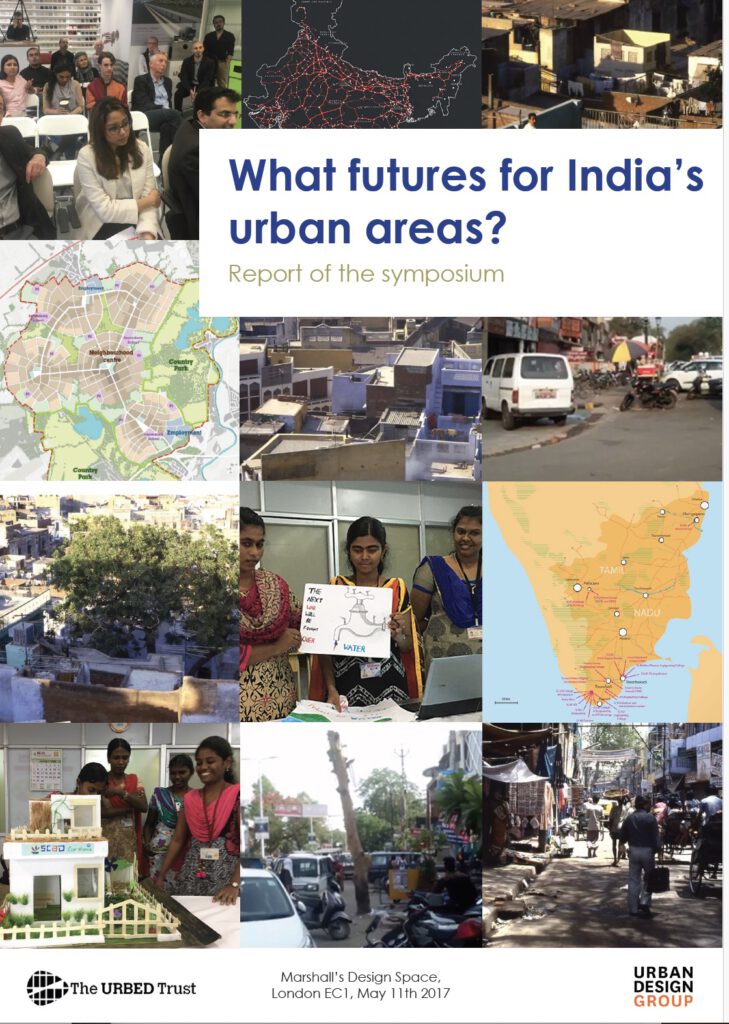
Indian Urban Futures I
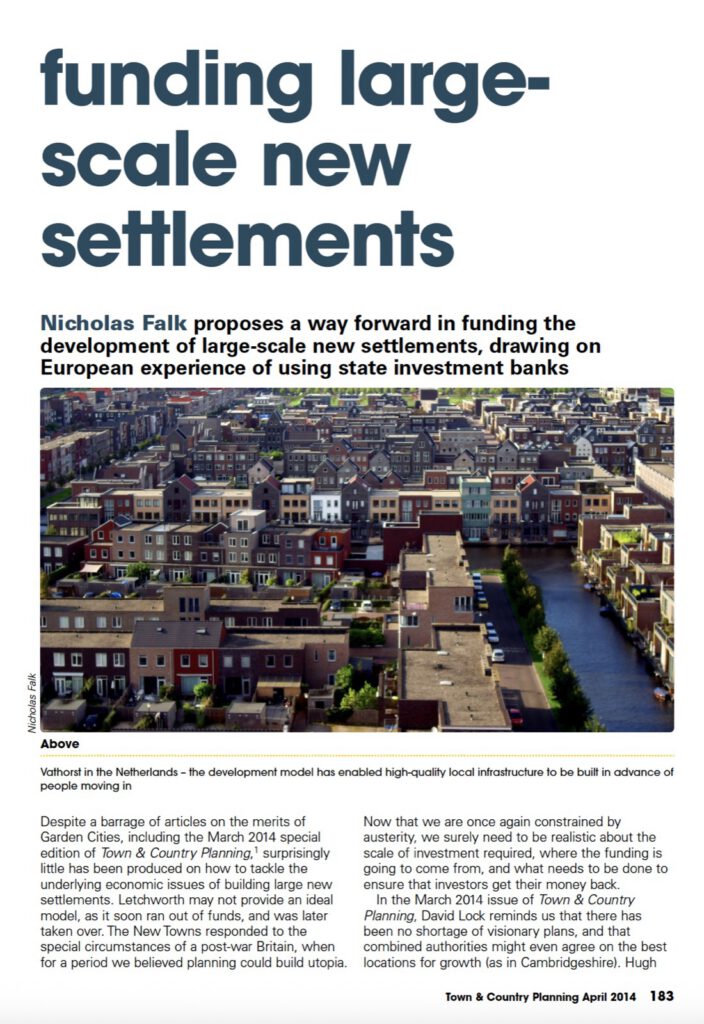
Town & Country Planning series

Re/Shaping London Unlocking Sustainable Growth in West London and Beyond

Growing Historic Cities
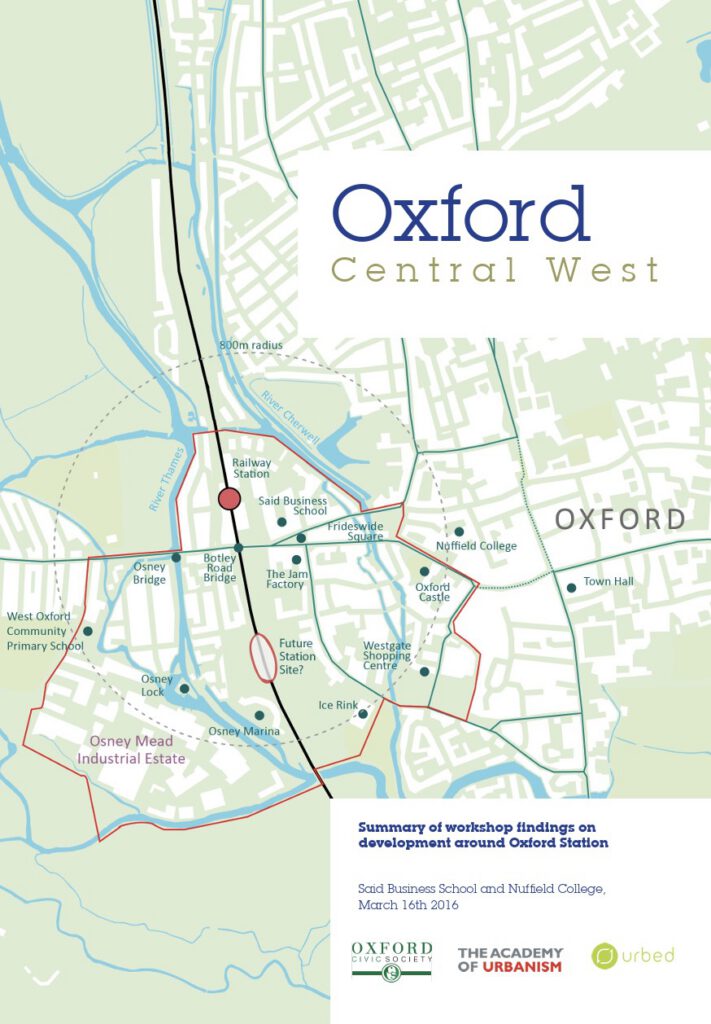
Final Oxford Central West Report
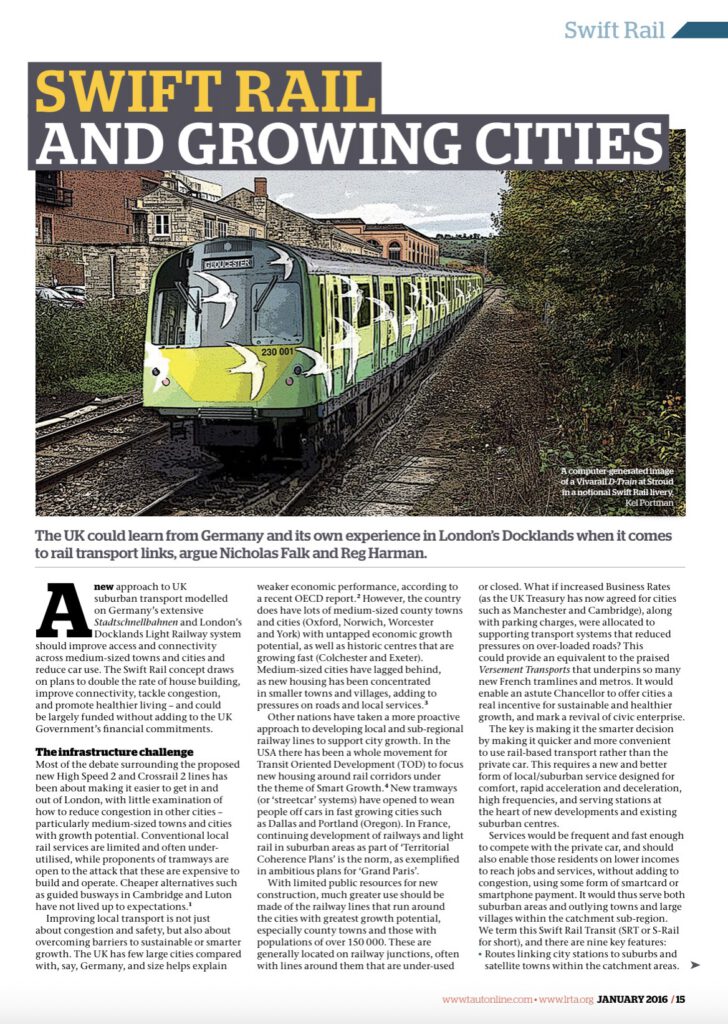
Swift Rail and Growing Cities
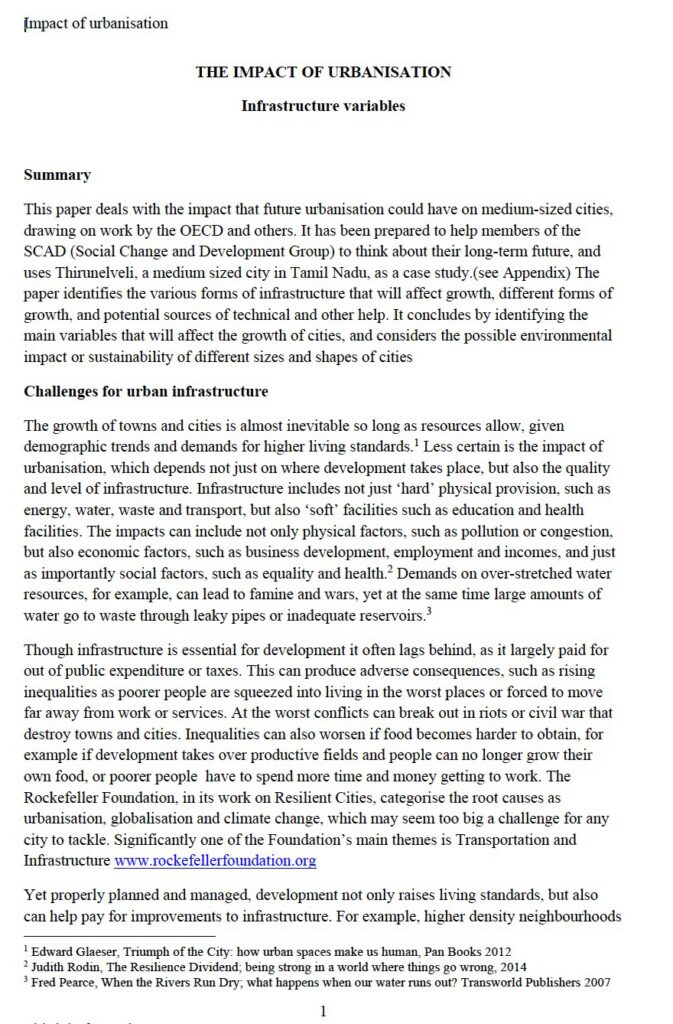
The impact of urbanisation
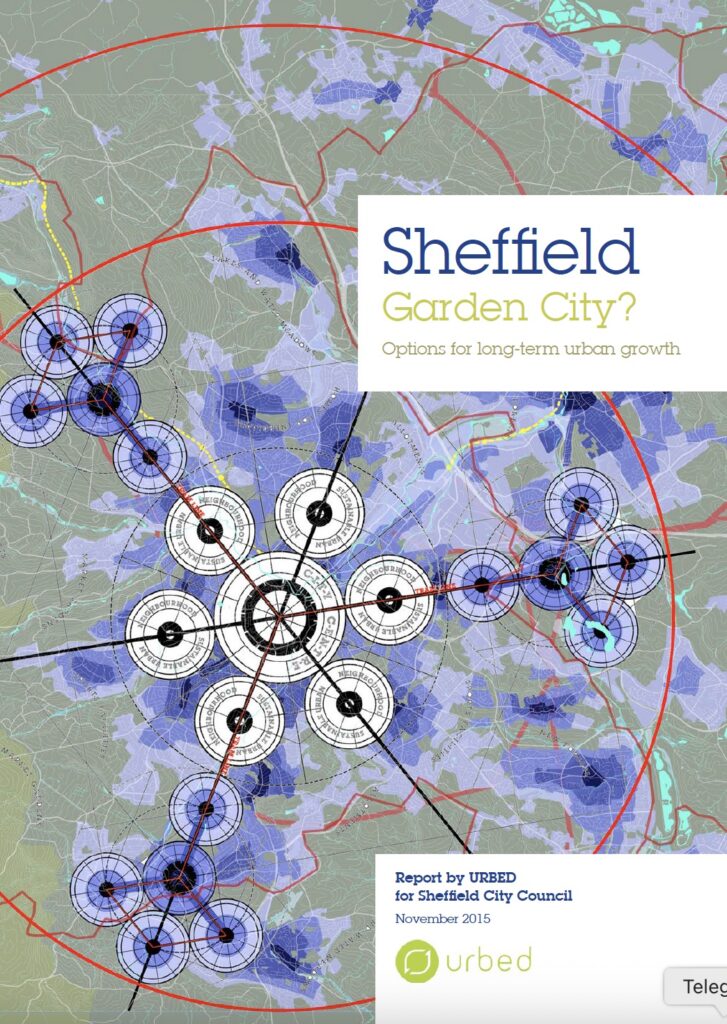
Sheffield Garden City? Options for long-term urban growth
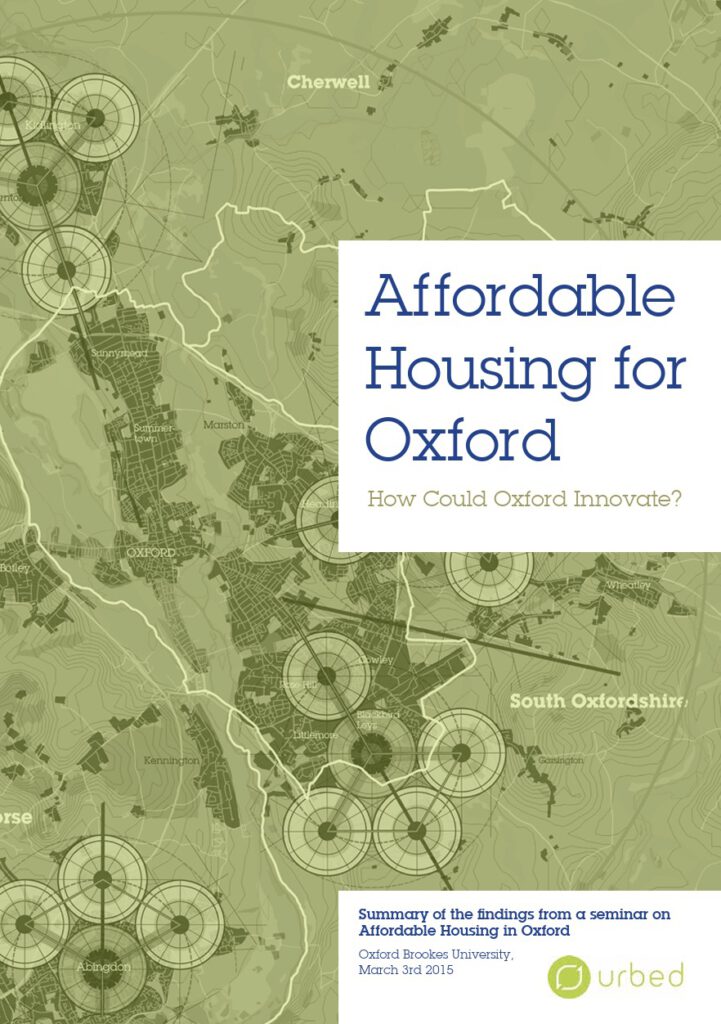
Affordable Housing for Oxford

Trams for Oxford
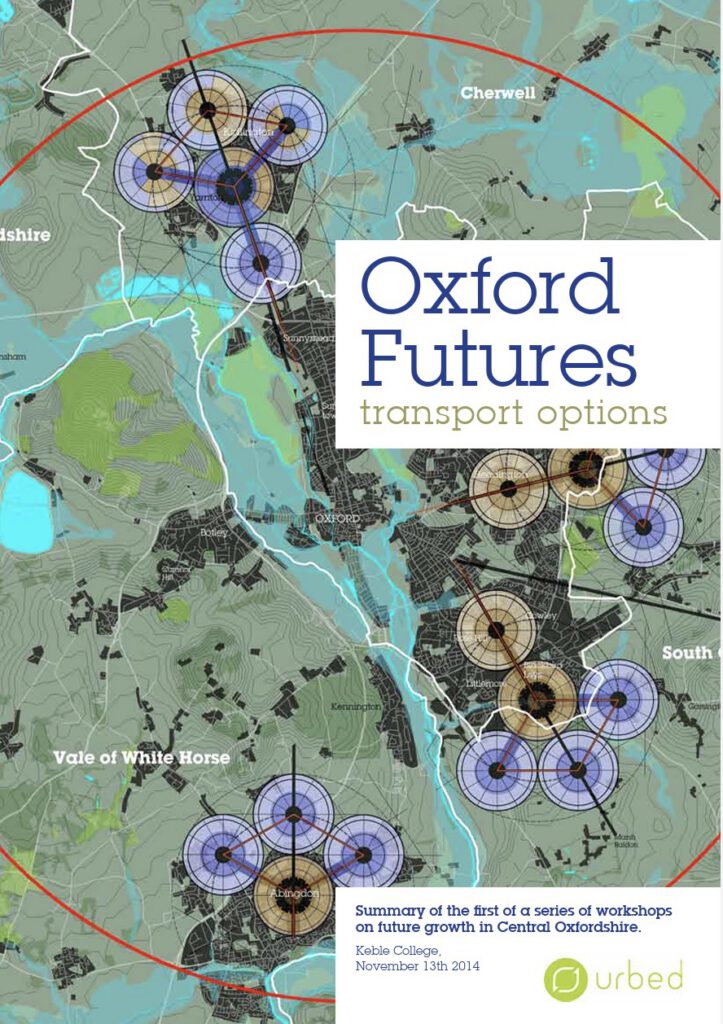
Oxford Futures Transport Options
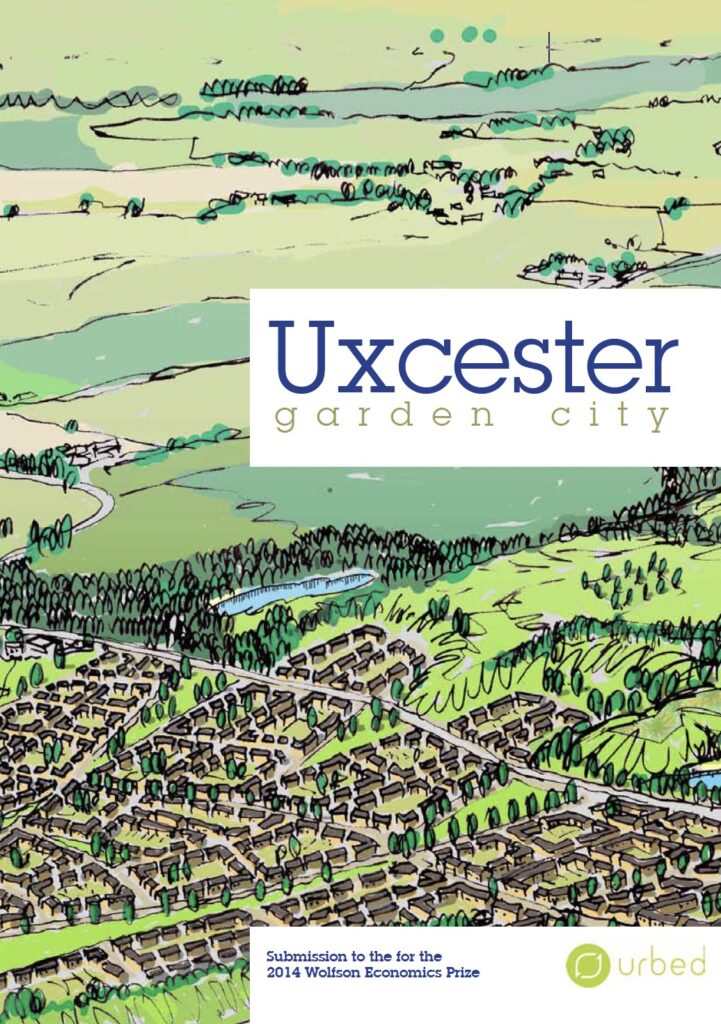
Uxcester Garden City: Wolfson Economics Prize submission 2014
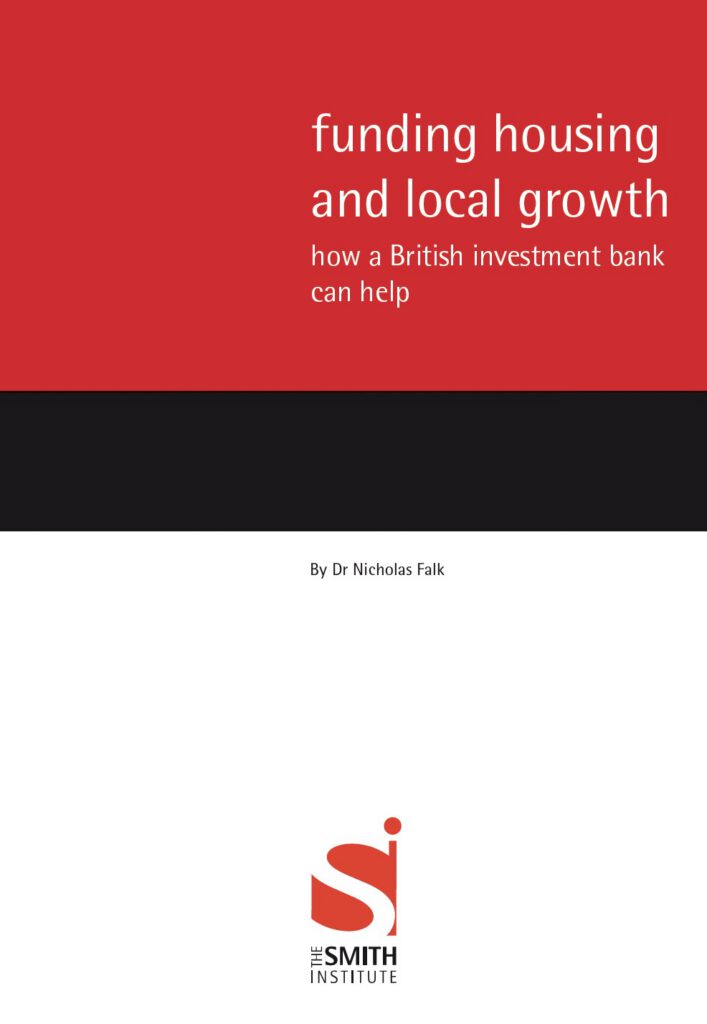
Funding housing and local growth: how a British investment bank can help
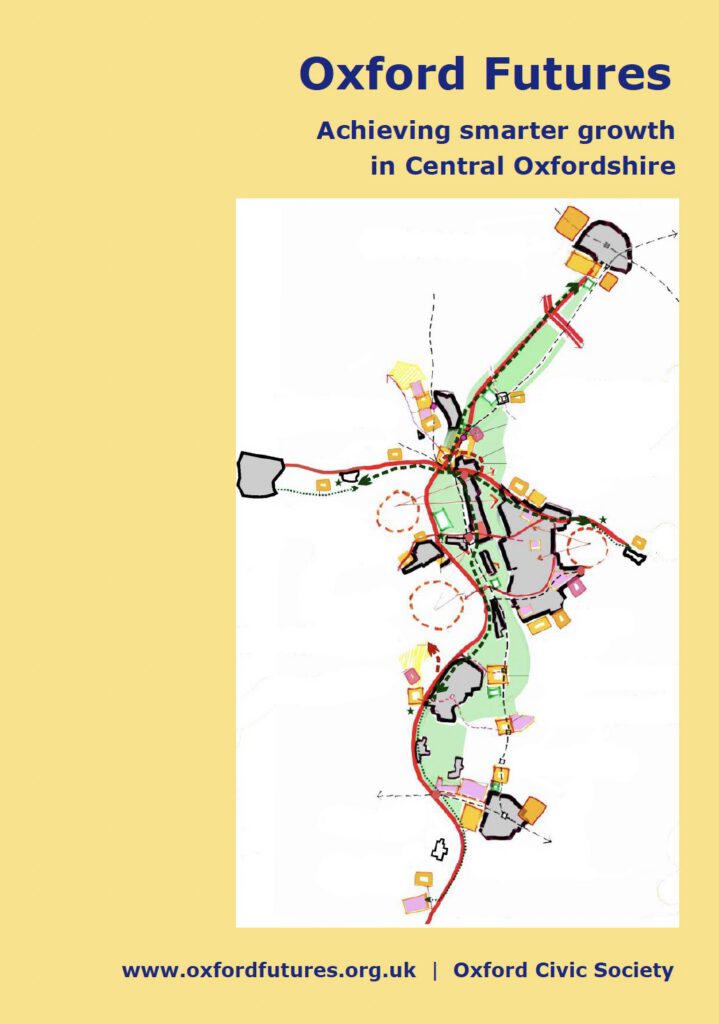
Oxford Futures: achieving smarter growth in Central Oxfordshire
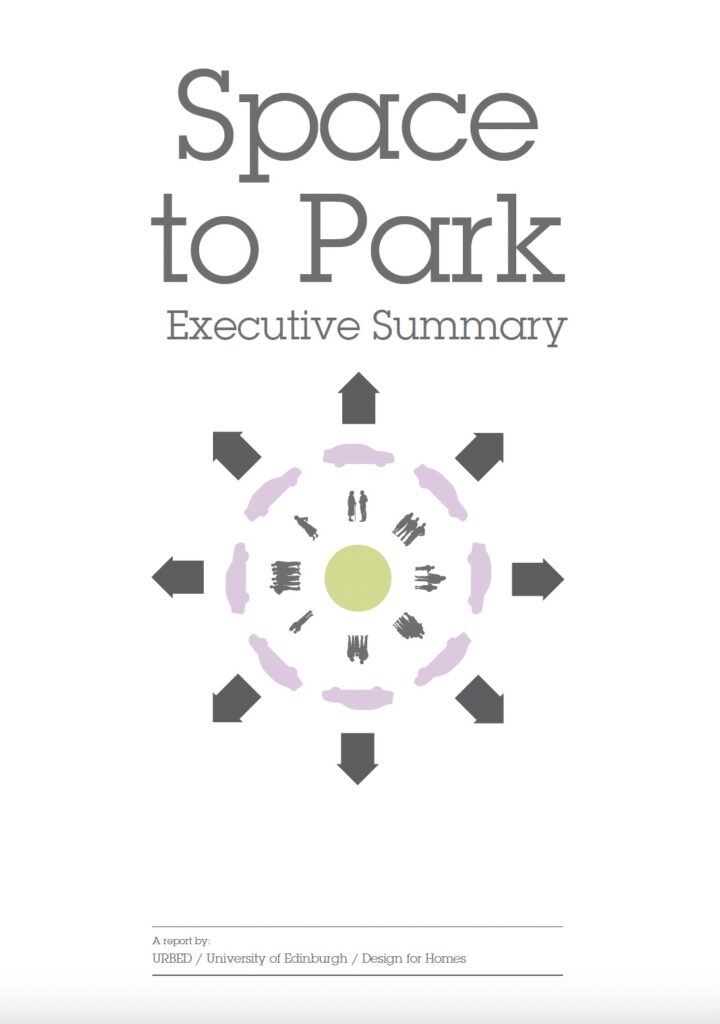
Space to Park
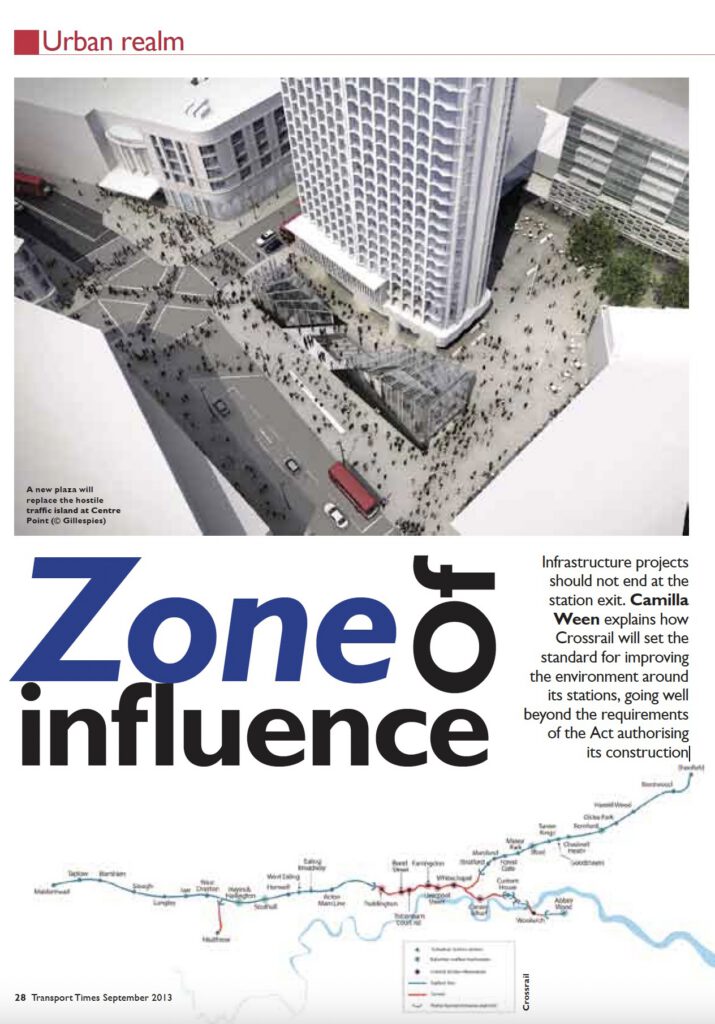
Zone of influence
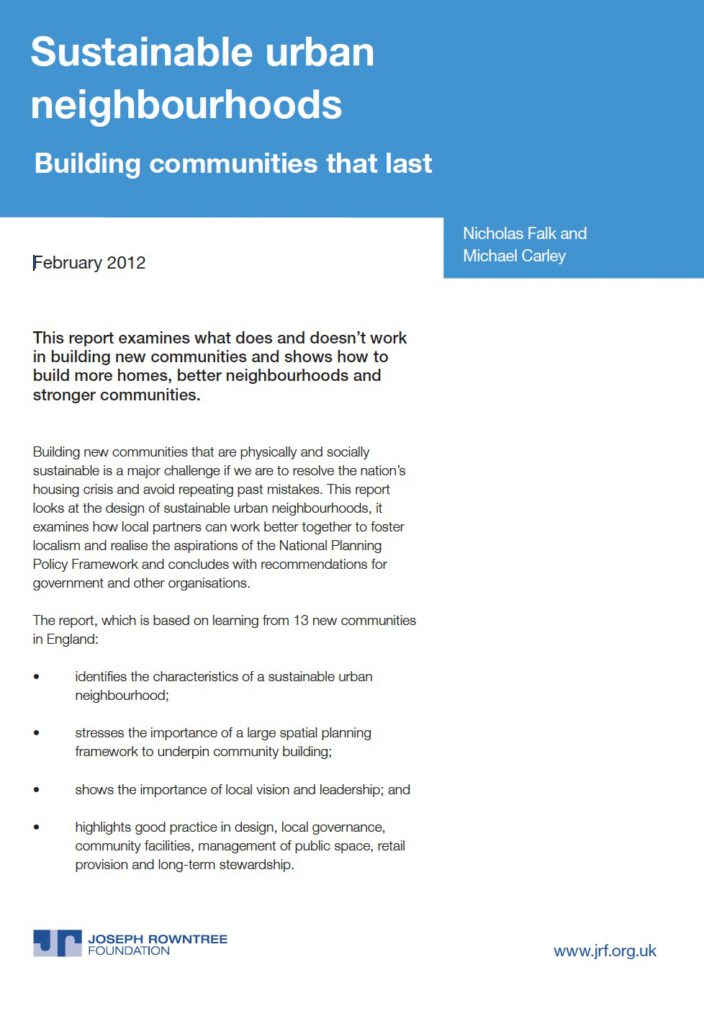
How can local government build sustainable urban neighbourhoods?
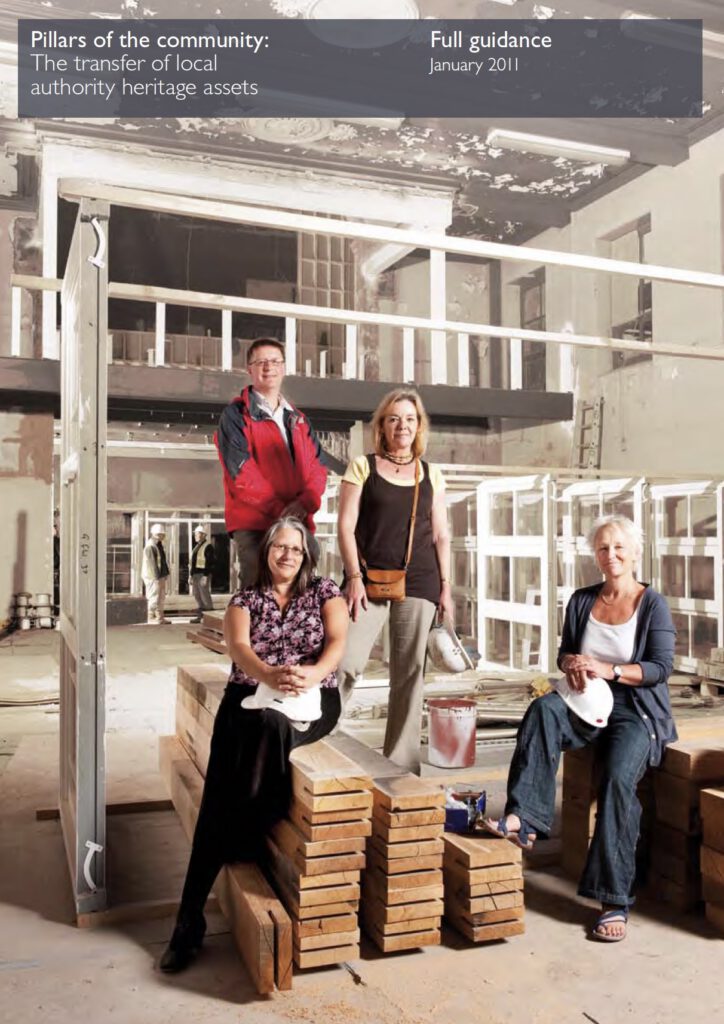
Pillars of the community: the transfer of local authority heritage assets
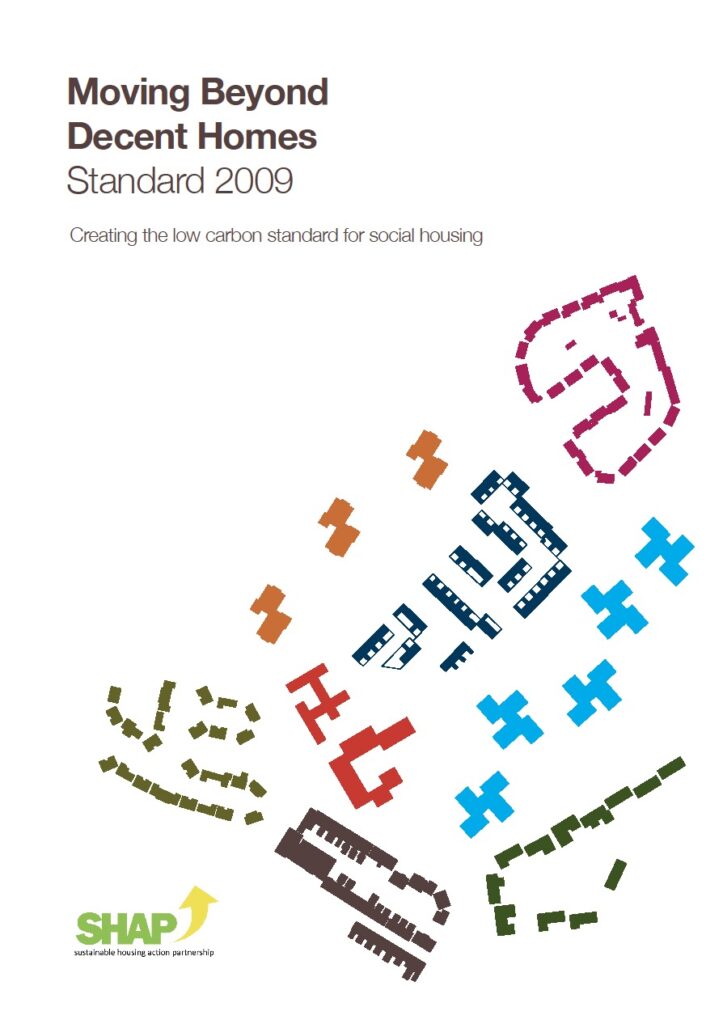
Moving Beyond Decent Homes Standard 2009: Creating the low carbon standard for social housing
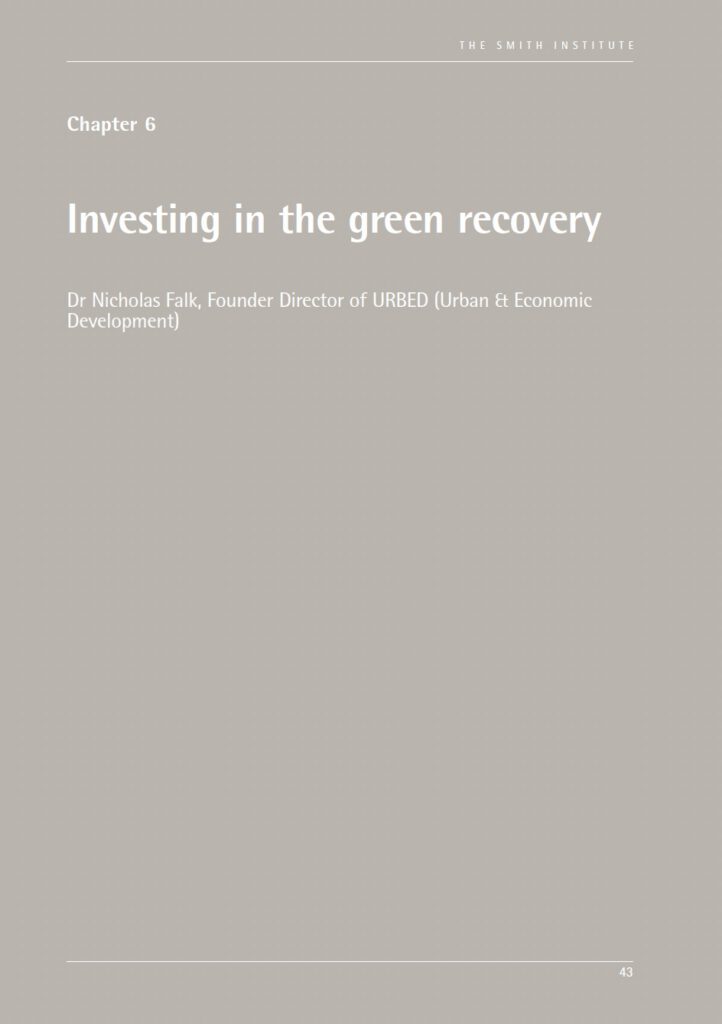
Investing in the green recovery
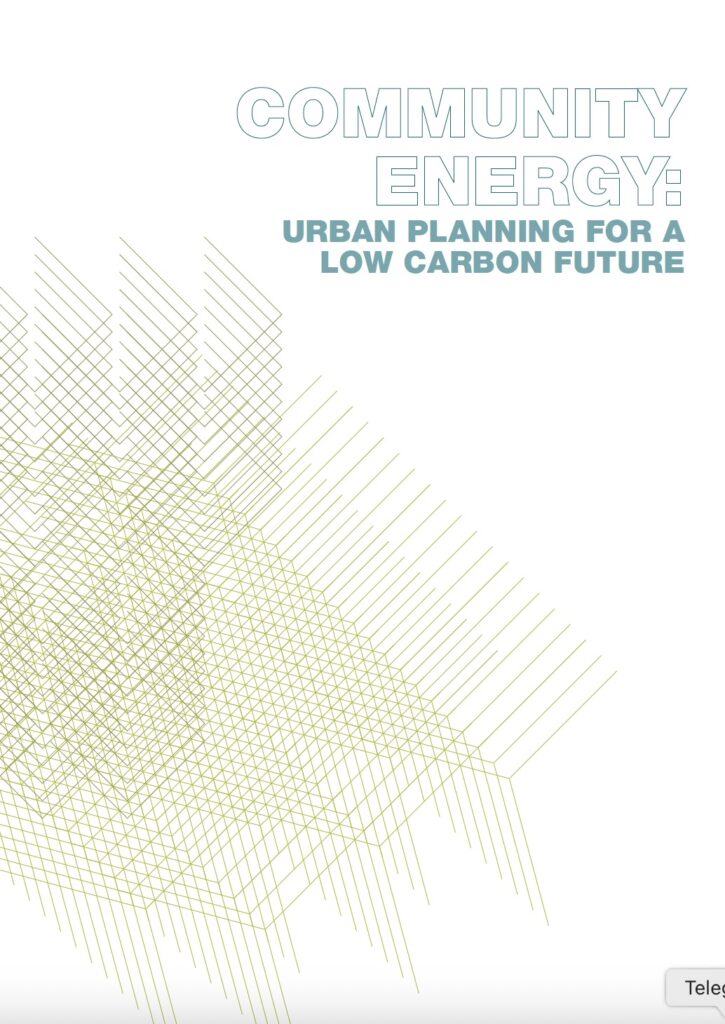
Community Energy: urban planning for a low carbon future
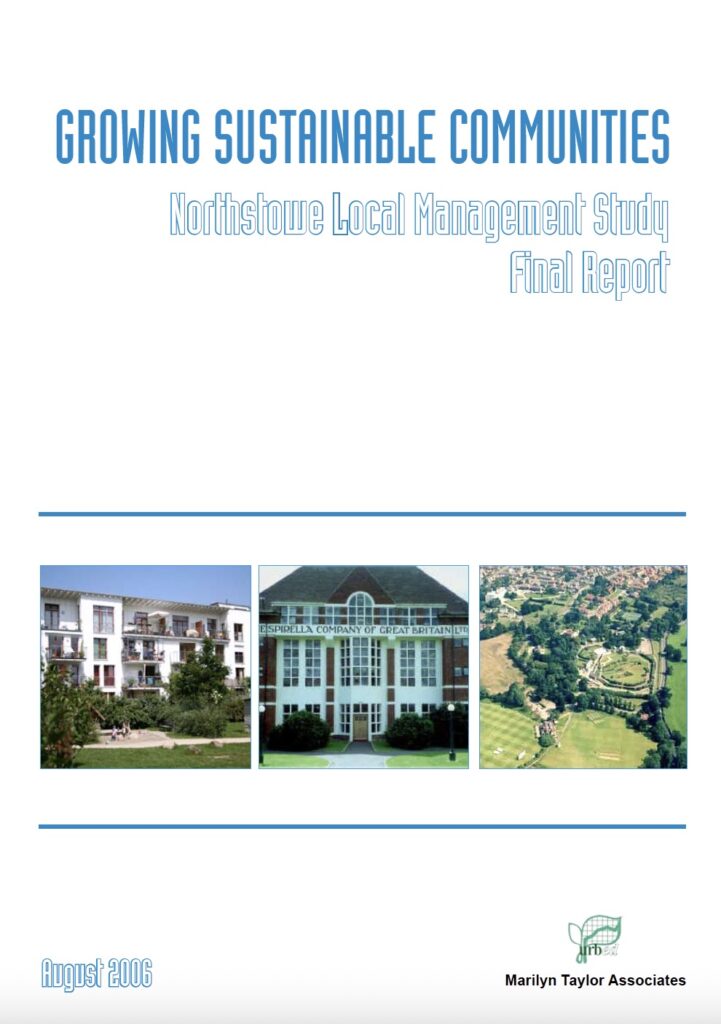
Growing Sustainable Communities: Management proposals for Northstowe, Cambridge
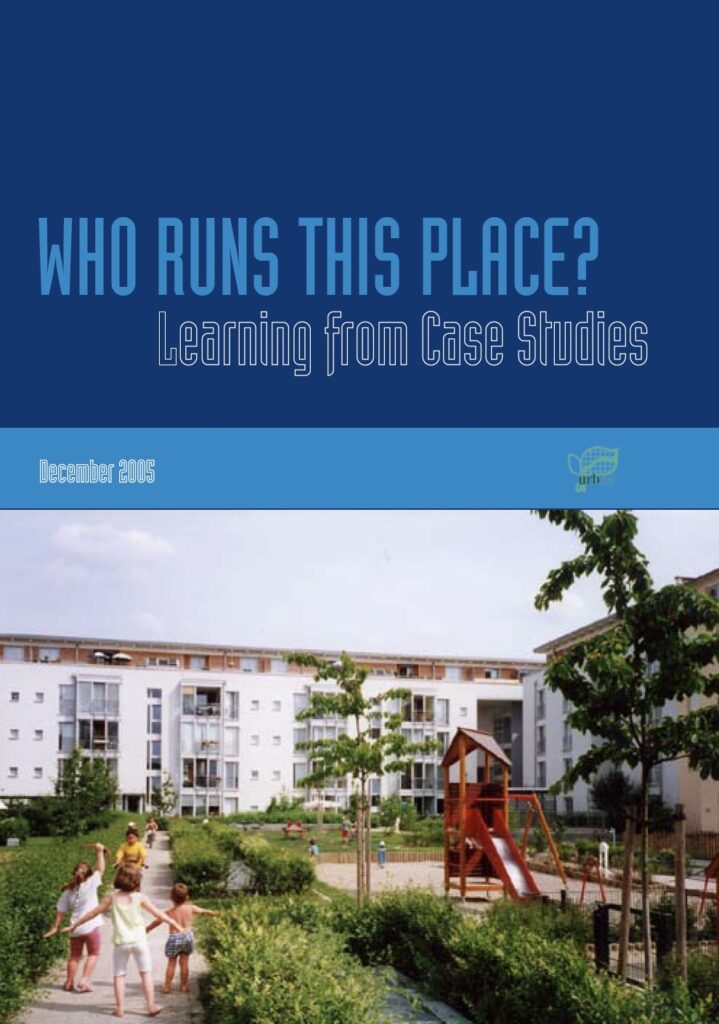
Who runs this place? Learning from case studies
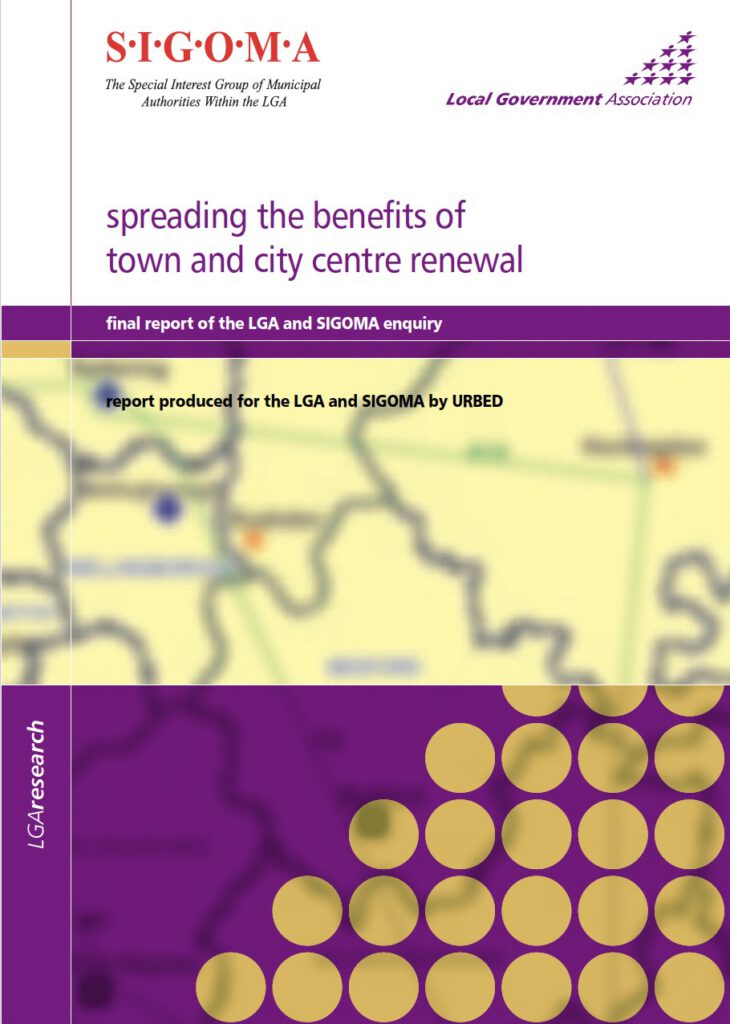
Spreading the benefits of town and city centre renewal
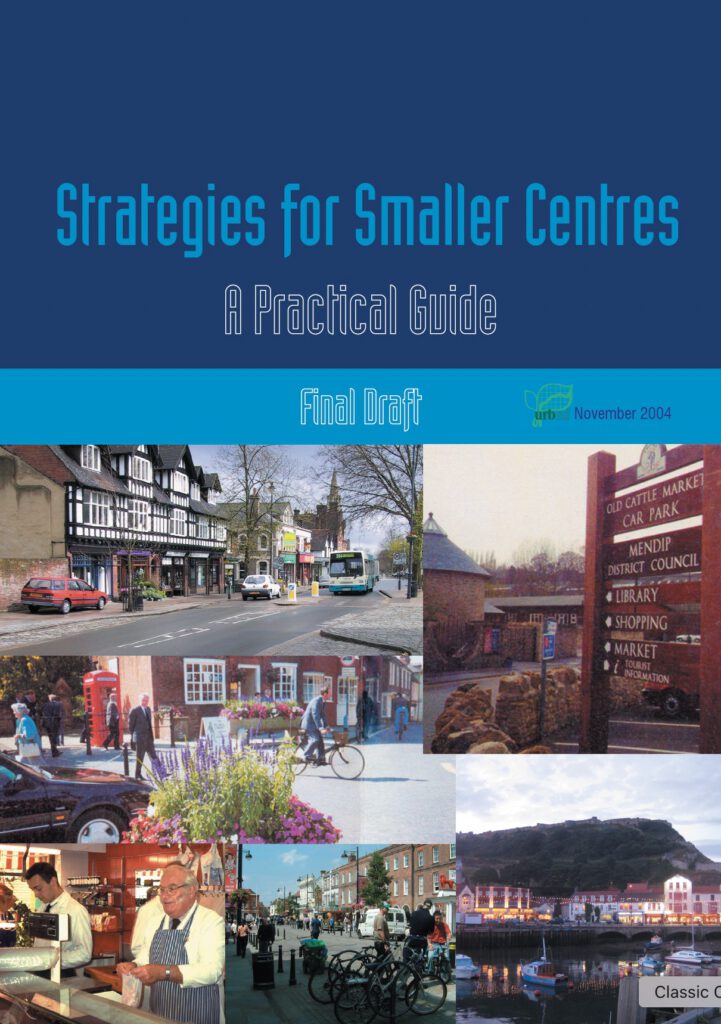
Strategies for Smaller Centres
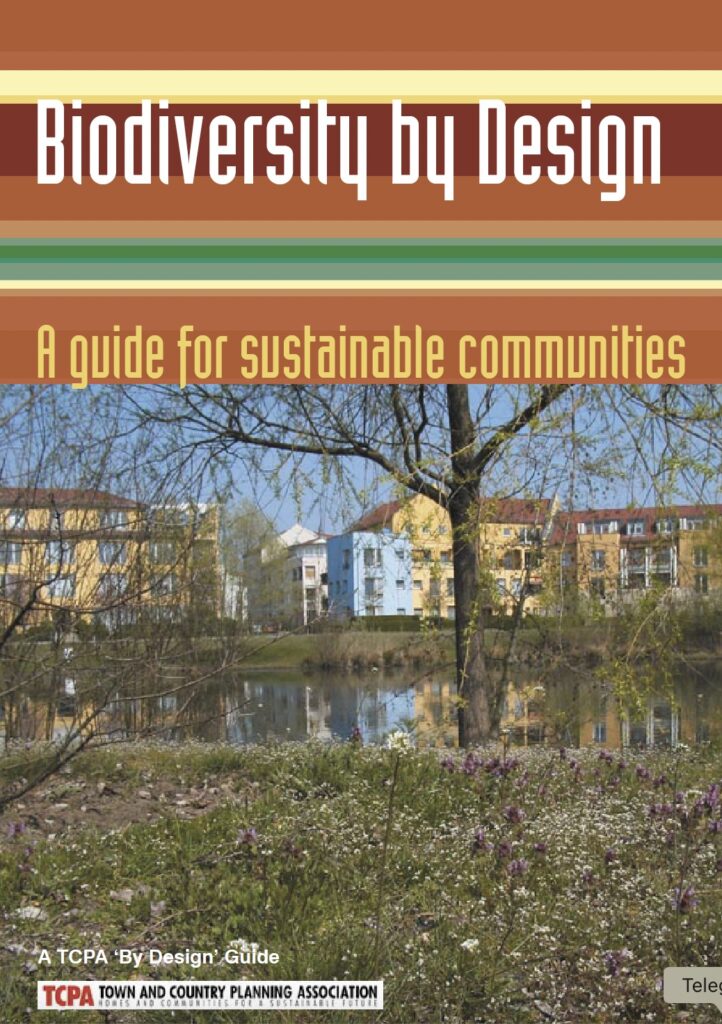
Biodiversity by Design
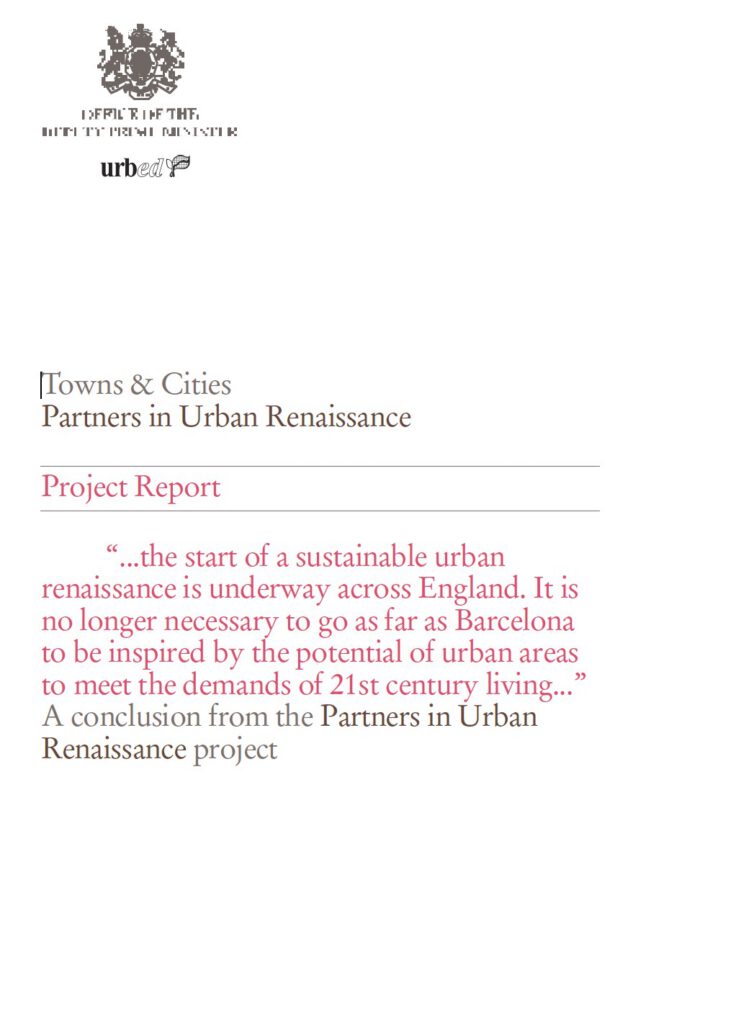
Partners in Urban Renaissance
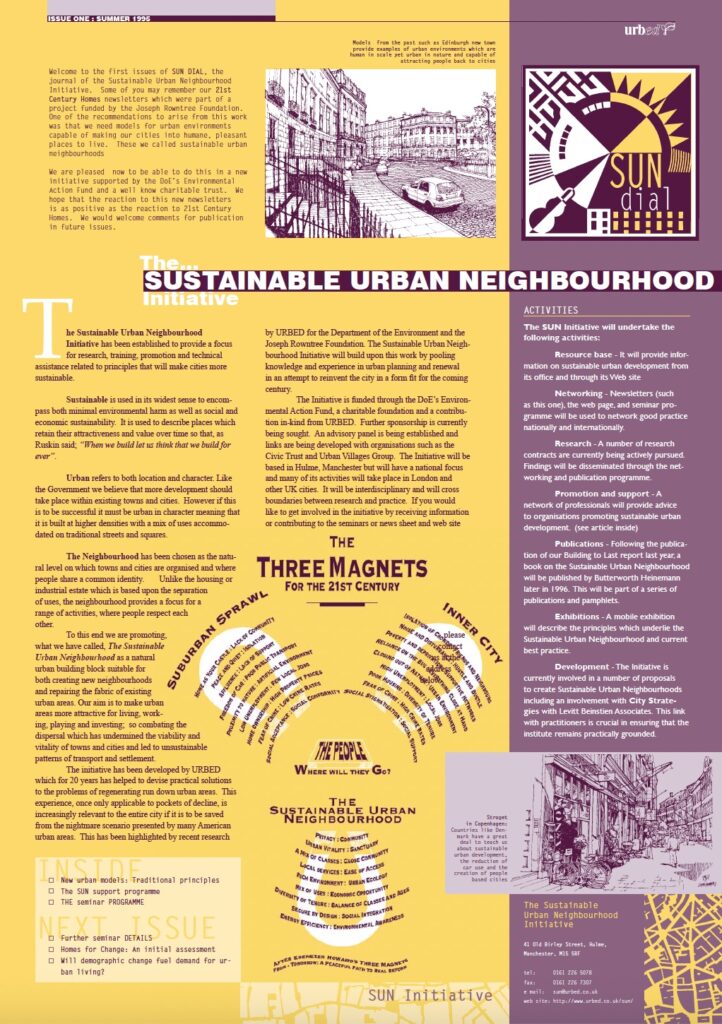
SUN DIAL initiative journal 1995-2001
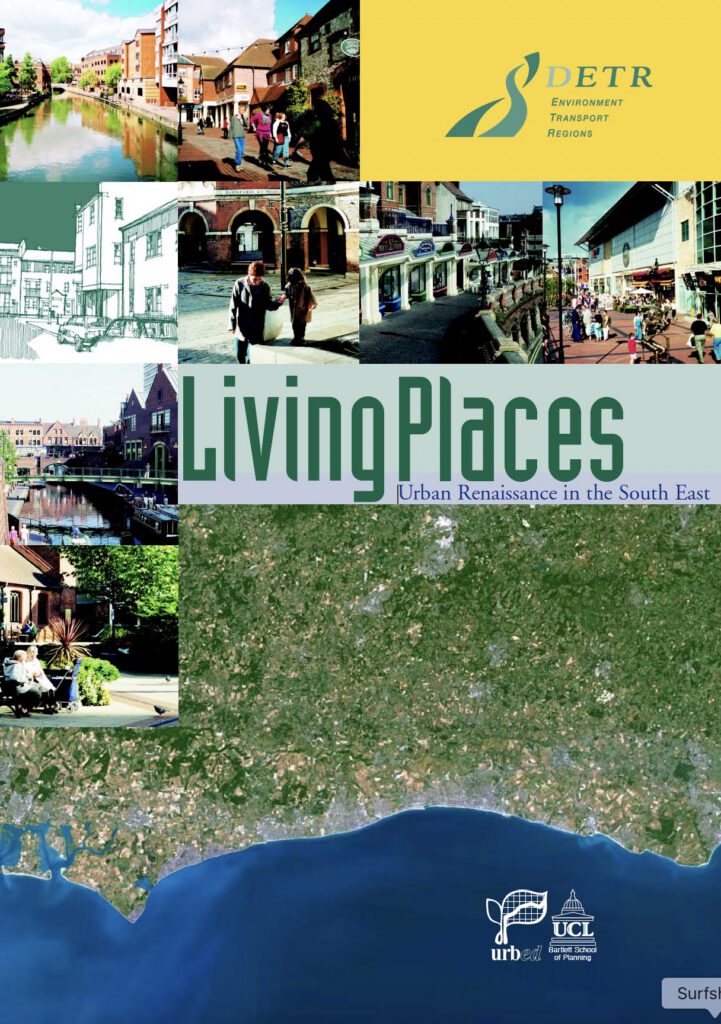
Living Places: urban renaissance in the south east
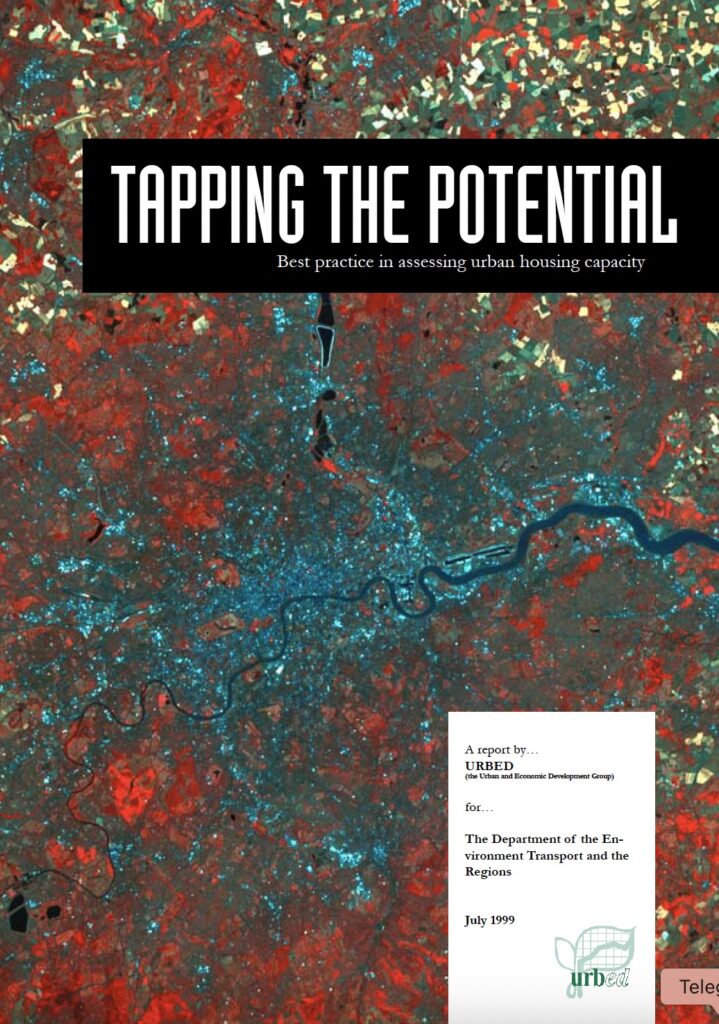
Tapping the Potential: best practice in assessing urban housing capacity
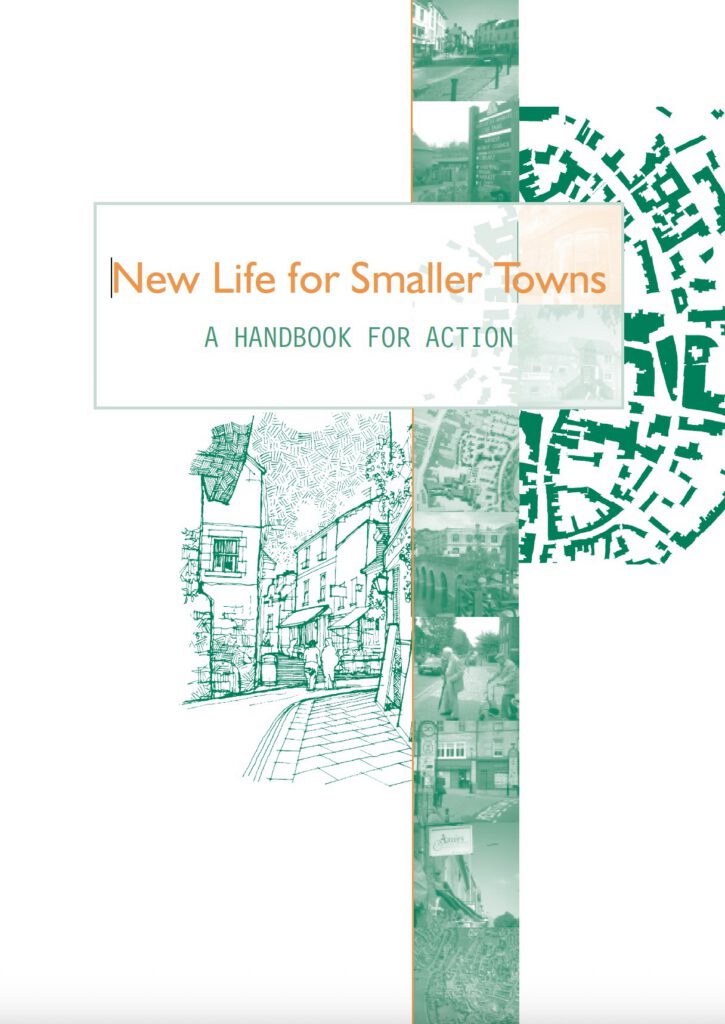
New Life for Smaller Towns
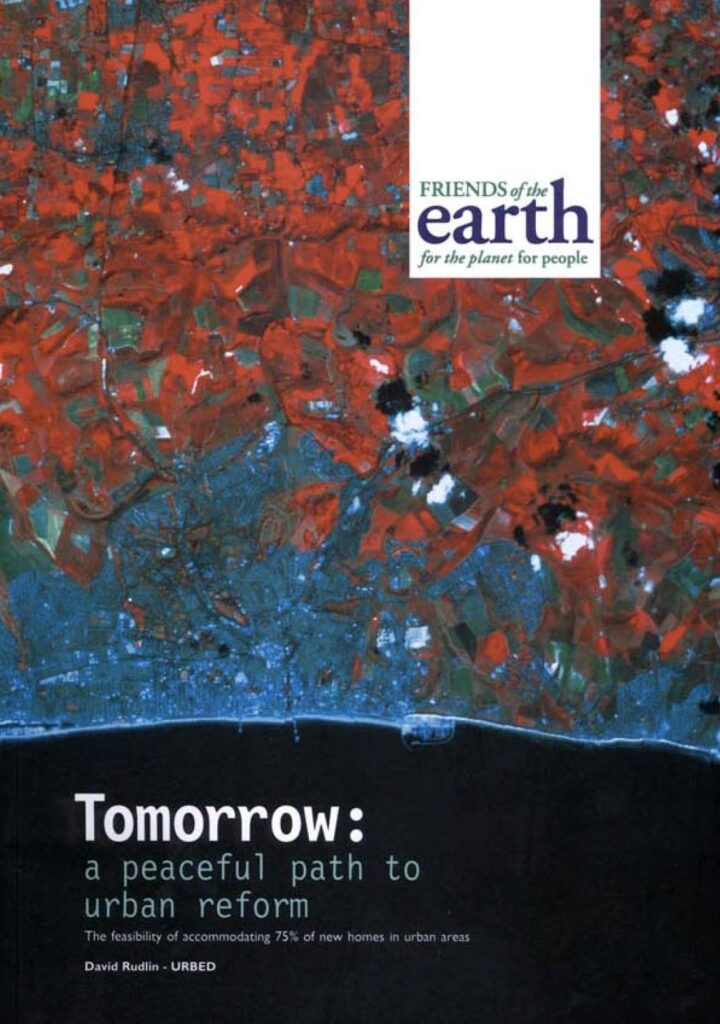
Tomorrow: a peaceful path to urban reform
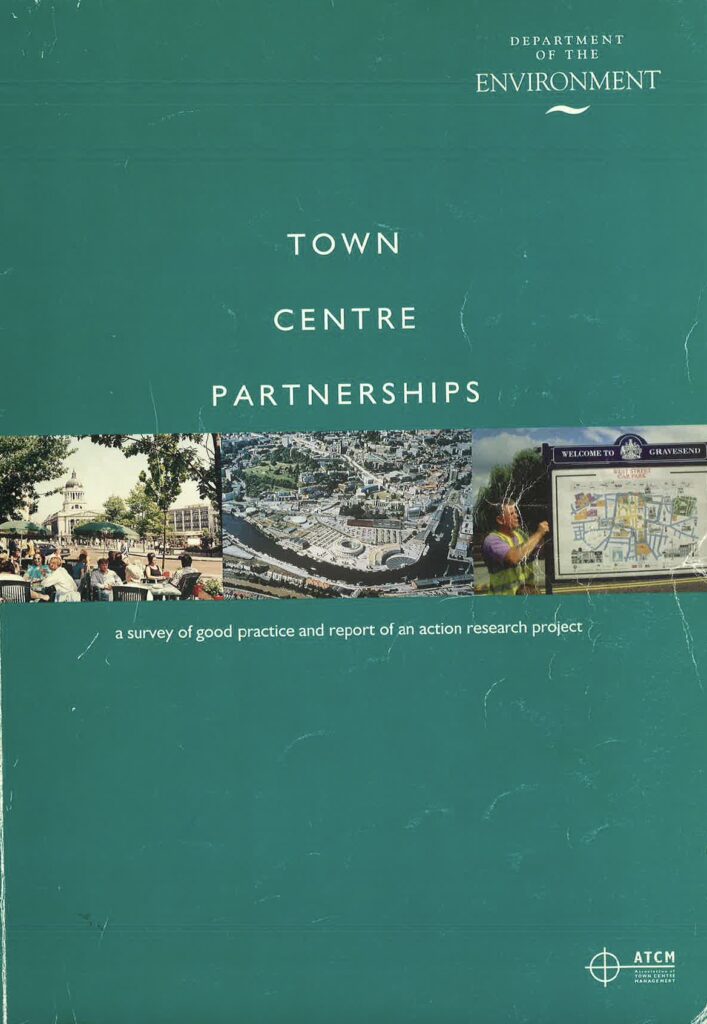
Town Centre Partnerships
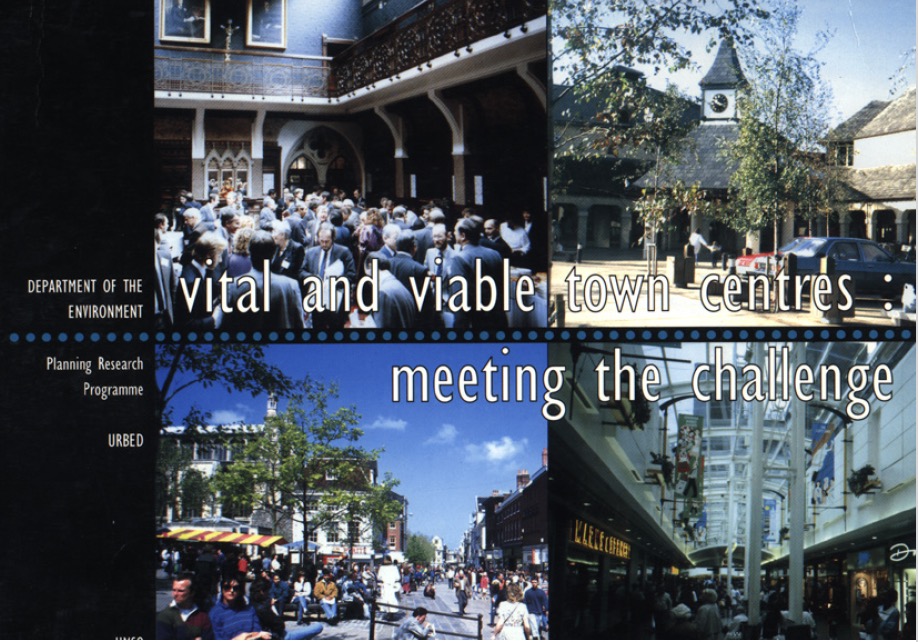
Vital and viable town centres
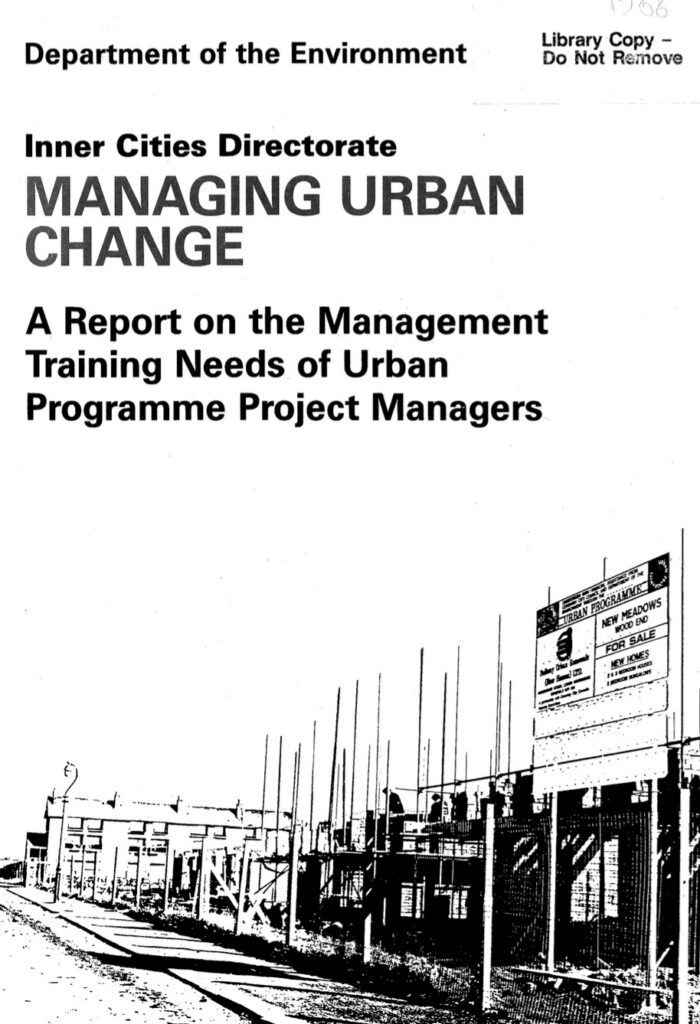
Managing Urban Change
